If you thought Yoga was only about breathing techniques and postures, you probably need to read this article. Among the many techniques of this ancient practice, Yoga Mudras have significant importance. A “Mudra” is a Sanskrit word, which means “gesture” or “mark”. It is a symbolic pose in traditional Hindu and Buddhist practices, in which you can notice the unique poses of hands and fingers.
These Yoga hand Mudras are often performed along with the Pranayama or Asanas, to channelize positive energy into the body and create a superior spiritual awareness. They have a pre-established link with different parts of the body and mind to bring in the right Pranic balance. Practising these hasta mudras can prevent and cure many physical and psychological ailments like anger, depression, diabetes etc.,
Read along to know each of these Mudras in detail, along with their benefits, steps to perform and precautionary measures.
Fingers and Their 5 Elements:
As per Yoga, our body is made with 5 elements, represented by a finger of your hand.
- Thumb Finger – Agni (Fire)
- Index Finger – Vayu (Air)
- Middle Finger – Akash (Space)
- Ring Finger –Prithvi (Earth)
- Little Finger – Jal (Water)
Any imbalance in one or more of these elements causes a disease in the body. To adjust the energy flow, the related finger must be brought into contact with the thumb finger. This forms a Mudra, which can cure a specific ailment in the body.
25 Hand Yoga Mudras with Meanings & Benefits:
Let us learn about some of the most powerful Hand Mudras, which can be performed along with a related asana or pranayama.
1. Chin Mudra Yoga – Gesture of Conscience:
In Sanskrit, the word “Chin” means consciousness. Chin Mudra helps the practitioner regain his inner consciousness and connect his individual soul with the divine. This pose features the thumb that represents the supreme soul and the index finger representing the soul of the individual. The ultimate aim of this Mudra is to remove the Ego (the center portion), Illusion (Ring Finger) and the Karma (Little Finger). This same mudra, when performed with the palm facing downward, is known as Gyan Mudra (Gesture of Knowledge).
Steps for Chin Mudra:
- Simply join the tip of the thumb and the forefinger to form a circle.
- Leave the other fingers joined and extended outwards, with the middle finger remains unfolded on the forefinger.
- This yoga mudra asana should be performed with both hands and the palms facing upwards.
- Chin mudra should be done for a long time duration as compared to other mudras that are about 10-15 minutes.
Chin Mudra Benefits:
- This mudra increases our grasping power and sharpens our memory.
- It relieves insomnia and excessive sleep both.
- The pose also gives us relaxation from stress, anxiety and anger.
- Improves the intellectual capacity, along with strengthening the nervous system.
Time Duration:
- You can do this daily, in the early hours of the morning for a duration of 30 minutes.
Cautions:
- No known side effects of this Mudra.
2. Abhaya Mudra – Gesture of Fearlessness:
The Abhaya Mudra is the Mudra of fearlessness, which is often depicted by many Indian Gods and Goddesses. It symbolizes an assurance of protection, safety and removal of fear. Depending on which hand this mudra is made, the meaning also changes. Although Abhaya Mudra is usually associated with Buddhism, it was used much before its foundation.
Steps for Abhaya Mudra:
- For doing Abhaya mudra yoga, first, raise your right hand till your shoulder height,
- Then slowly bend your arm and leave the open palm facing outward with the fingers together in a vertical position.
- Let your other hand rest on your palm wide open.
Abhaya Mudra Benefits:
- This mudra represents a sense of security and victory over fear.
- It creates self-awareness and kindness to others
- Fills you with confidence and assurance
Time Duration:
- You can do it for however long you wish to. To maximise the benefits, it’s better to perform between 4 am-6 am every day.
Cautions:
- No major risks involved with this Mudra. But, make sure that the finger is not subjected to pressure, as it can lead to an unstable and restless mind. This is just the opposite of the actual purpose of the pose.
3. Adi Mudra – First Gesture:
Adi Mudra is the called the “Primal Gesture” or the “First Gesture”. It resembles the first-hand pose of an infant in the mother’s womb, with the fingers curled up. Due to the closed nature of this Mudra, it is often referred to as the “energy seal”. Adi Mudra is commonly used in Pranayama and Meditation because of its numerous benefits to the body and mind.
Steps for ADI Mudra:
- First, create a fist by joining close your four fingers on the thumb.
- Place your thumb inside of the palm of the hand, touching the base of the little finger allowing the palms to face downwards.
- While doing this yoga mudra, inhale and exhale completely.
- Practice with both the hands simultaneously for better results
ADI Mudra Benefits:
- Lungs capacity increases and vital organs function effectively with the help of this mudra.
- Adi mudra quietens and calms the nervous system.
- The flow of oxygen is increased in areas like the head and throat.
- It can reduce snoring
- The Mudra can also create mental awareness by activating the Crown Chakra
Duration:
- Adi Mudra is best performed early in the morning (4 AM-6 AM), and there is no specific time limit to do this.
Cautions:
- Not recommended for patients with Hypertension or other chronic heart problems. If you must do, always seek an expert advice to prevent unwanted problems.
4. Dhyana Mudra – Gesture Of Meditation:
The Dhyana Mudra is also called the Mudra of meditation and is often used by Yogis to improve their concentration levels. It involves both the hands, with the fingers placed in the form of a triangle. As per Buddhism, these three fingers represent the three jewels of this religious practice, namely, Buddha, Sangam or the Society and Dharma or teachings. It is also called Yoga Mudra or Samadhi Mudra. In other languages like Japanese, the Mudra is called Jo-in or Jokai Jo-In and in Chinese its called Ding Yin. This mudra is found in Hindu, Buddhist and Jain iconography as it represents the illumination above the illusion.
Steps for Dhyana Mudra:
- This mudra in yoga should be executed while sitting in a comfortable position (in Sukhasana) on a mat.
- Keep both the hands resting on the legs and the right hand over the left.
- The palms should be facing upwards and fingers extended.
Dhyana Mudra Benefits:
- It helps in improving and building abilities like concentration and calmness.
- It also benefits in deep thinking.
- Also, relieves from stress and mental pressures.
- Improves the healing capacity of the body
- It also supports a good body balance.
Duration:
- Perform it for 45 minutes a day and preferably in the morning hours.
Caution:
- No major side effects of this Mudra
5. Apana Mudra Pose- Gesture of The Vital Air Apana (Also Called Mudra Of Digestion):
Our body is filled with toxins which create a disturbing effect on the body. Apana Mudra helps in eliminating these waste materials, including negativity. The main purpose of this pose is to work on the Apana Vayu, which is the downward flowing energy. This is very important to remove stools, gases, urine, sweat or even blood that’s unwanted by the body.
Steps for Apana Yoga:
- The tip of the thumb should be joined first with the tip of the middle and ring fingers keeping the other fingers straight.
- This yoga mudra should be executed with both hands.
Apana Mudra Benefits:
- Improves digestion and prevents bloating
- Treats reproduction-related problems
- Lowers the discomfort of menstrual cramps
- Reduces the risk of heart problems
- Has a detoxifying effect on the body
- According to research, Apana Mudra has a therapeutic role in treating type-2 diabetes by reducing the stress levels in the body (1).
Duration:
- To begin with, practice for 10-15 minutes in three sessions or do it continuously for 30-45 minutes. As per a study, performing Apana Mudra for atleast 20 minutes has shown significant changes in the energy flow to the lower body (2)
Caution:
- If you have joint-related problems like Chikungunya or Osteoporosis, Apana Yoga can be difficult to form, due to pain associated with the bending of fingers. In such cases, it’s recommended to consult a doctor before proceeding further.
6. Agni Mudra or Surya Mudra – Gesture of The Fire:
The Agni Mudra increases the Agni or Fire element in the body. As it is associated with the Solar energy in your system, it is also called the Surya Mudra. In this process, the Mudra reduces the earth or the Prithvi element. In Hindi, it is known by the name of Agni-Vardhak Mudra and is directly connected to your eyesight.
Steps for Agni Mudra:
- First, bend your ring finger so that you can touch the base of the thumb and press it with the thumb on the second phalanx keeping the other fingers straight.
- This mudra should be performed with both hands and palms facing in an upward direction.
Yoga Agni Mudra Benefits:
- This mudra symbolizes our inner fire which works great in preventing and curing many digestive disorders.
- Agni Mudra is an excellent solution for strengthening weak eyesight and improving your vision.
- This is an effective yoga mudra for weight loss. It also helps to reduce excess body fat and lowers our laziness quotient.
- It helps in controlling the shivering in your hands, legs and feet by increasing the body temperature.
Duration:
- This Mudra should be performed for atleast 10 minutes a day to notice an improvement in your health conditions.
Cautions:
- Doing it for longer durations can produce overheat in the body.
7. Vayu Mudra – Gesture of The Air:
The name Vayu Mudra comes from the Sanskrit word “Vayu”, which means “air” and “Mudra” which means a pose or a gesture. It falls under the category of basic mudras, as it is very easy to perform. The purpose of this Mudra is to eliminate the excess air element in the body to prevent many health disorders. By placing the thumb finger (fire element) on the index finger (air element), the latter gets suppressed. As per Ayurveda, this mudra can treat the Vata Dosha in the body.
Steps for Vayu Mudra:
- First, bend your index finger at the base of the thumb and press with your thumb on the second phalanx, keeping the other fingers straight.
- This mudra should be performed with both hands and the palms facing in an upward direction.
Vayu Mudra Benefits:
- This mudra balances the air element within the body.
- It helps in the release of extra gas and treats the imbalance of air disease.
- The pose can help in reducing the shivering associated with Parkinson’s
- It can reduce knee pains and joint pains in sciatica and gout
- The Mudra is excellent for treating neck pain and lower back pain.
Duration:
- For best results, practice this Mudra for 45 minutes (in one stretch) or 10-15 minutes (in three sessions) every day.
Caution:
- If you perform this Mudra for more than the stipulated period, you may end up with a Vata deficiency.
8. Akash Mudra – Gesture Of The Space:
In Sanskrit, the word “Akash” means “Space” or “View”. The term “Akash Mudra” means “Gesture of Space, View or recognition”. It is a meditation Mudra that can improve the health of body and mind. Akash Mudra is often seen in many Buddha’s statue, with Lord Buddha using it while meditating. It is known to channelize positive thoughts in the body and remove unwanted thoughts and emotions.
Steps for Akash Mudra:
- First, join the tip of the thumb and the middle finger to form a circle, keeping the other fingers straight.
- Be gentle in the way the fingers touch each other.
- It has to be executed with both hands and the palms facing upward.
Akash Yoga Mudra Benefits:
- This mudra balances our space element in the body.
- It can flush out negative thoughts like anger, sorrow, fear, etc.
- Akash Mudra is beneficial for regulating blood pressure and the rate of heartbeats.
- It helps our body in achieving the other energies inside our body.
Duration:
- This Mudra must be performed for 30-45 minutes every day. If you are undergoing a specific therapy, then a 50-minute duration is recommended.
Caution:
- If you have high blood pressure, do not perform it without consulting an expert. Also, Akash Mudra may lead to dizziness. In such cases, stop the practice and check with your therapist.
9. Prithvi Mudra Pose – Gesture Of The Earth:
The word “Prithvi” in Sanskrit means “Earth. As the name suggests, “Prithvi Mudra” is the “Gesture of Earth” which increases the earth element in the body. This powerful pose can heal many chronic ailments like paralysis, osteoporosis, ulcers, skin and tissue disorders, etc. Prithvi Mudra is also known to influence the Root Chakra or the Muladhara chakra, which creates a sense of stability and rootedness in the individual.
Steps for Prithvi Mudra:
- Just join the tip of the thumb and the ring finger as to form a circle, keeping the other fingers straight.
- It is the same as Agni mudra, but the only difference here is to form the circle.
- This yoga hand mudra or hasta mudra yoga should be executed with both hands and the palms facing upward.
Prithvi Mudra Benefits:
- This Mudra helps in balancing the Earth element within the body.
- It also re-charges the root chakra aligning it with the earth energies.
- This mudra creates immense energy in our body.
- It centralizes our soul energy which makes us more powerful.
- It can regulate the body’s metabolism and treat stomach and mouth ulcers
- The pose can also strengthen your bones and nails, along with preventing excessive dryness.
- It can give you a glowing skin.
Duration:
- People losing energy data faster rate or the person who feels dizzy all the time should practice this mudra daily for five minutes.
- For generic purposes, practice it for 45 minutes every day in a silent place.
Caution:
- Performing this mudra for too long can decrease the fire element and increase the earth element in the body. Also, the gesture is not recommended for people suffering from Asthma, Overweight and Kapha Dosha issues.
10. Jal Mudra Yoga – Gesture of The Water:
The word “Jal” is derived from Sanskrit, which means “Water”. The Jal Mudra can increase the water element in the body and is therefore called the Jal-Vardhak Mudra in Hindi. As per Ayurveda, the doshas caused by Kapha or Pittha can be balanced with increasing the water levels. This can treat many stomach and skin-related disorders like dryness, lack of taste, improper digestion etc.
Steps for Jal Mudra:
- First, join the tip of the thumb and little finger as to form a circle keeping the other fingers straight.
- Place the fingers gently and do not apply a lot of pressure.
- It has to be executed with both hands and the palms facing upward.
Jal Mudra Benefits:
- Jal mudra balances the water element in our body.
- It restores the fluid balance treating the dryness (dry skin, dry mouth, and dry eyes) and other disorders of kidneys and bladder.
- The Mudra can also cure Constipation, Dehydration and Indigestion
- It can treat hormonal disorders, which can prevent problems like irregular menstruation
- You can also experience relief from body cramps and pains.
Duration:
- Practice it regularly for 30 minutes.
Cautions:
- People who fall under the Kapha or Pitta Prakriti are advised not to overdo this Mudra.
11. Apana Vayu Mudra – Gesture of The Heart:
The Apan Vayu Mudra is also called the Mrit-Sanjeevini Mudra. Why? Because it can save you from the clutches of death because of life-threating problems like heart attacks. The Mudra works by treating the imbalance of earth, air and fire elements which lead to heart disorders. It can strengthen the heart muscles and promote better blood circulation.
Steps for Apana Vayu Mudra:
- The tip of the thumb, ring, and middle finger should be joined first while making the forefinger touching the base of the thumb and the little finger straight.
- This mudra should be executed with both hands and the palms facing upward.
Apana Vayu Mudra Benefits:
- This mudra is also called ‘gesture of the heart’ for its influence upon the heart and blood pressure.
- It can improve the oxygen supply to the heart
- Offers relief from gas problems
Duration:
- Perform it for atleast 20 minutes to notice an improvement in the energy flow.
Caution:
- People with Kapha nature must perform it in moderation.
12. Prana Mudra – Gesture Of The Vital Air:
Prana Mudra, as the name suggests, increases the “Prana” or energy of life in the body. It is usually practised in the Padmasana to increase the healing benefits. The other names of this Mudra are “Kapha Karak Mudra” or “Pitta-Nashak Mudra”. This is because the Mudra can balance the Doshas in the body by decreasing the Pitta and increasing the Kapha.
Steps for Prana Mudra:
- This yoga mudra should be executed while sitting in a comfortable position (in Sukhasana), focusing mainly on the breathing system.
- Allow the tips of the little finger and ring finger to touch the tip of the thumb and leave the other fingers straight.
- Keep both hands and palms facing upward direction.
Prana Mudra Benefits:
- This yoga mudra symbolizes the life force.
- By doing this mudra, the dormant energetic power of life is awakened.
- It also develops health and activity in the body.
- It enhances the immunity power, strengthens and rejuvenates the body.
- The Mudra is beneficial for improving the eyesight
- It can improve blood circulation
- Treats insomnia and sleep-related disorders
Duration:
- Experts recommend practising this Mudra for atleast 15 minutes to up to 45 minutes. You must do it regularly to notice benefits.
Caution:
- Avoid this Mudra if you suffer from cold or cough. Also, if you have an excess of Kapha in the body, stay away from this gesture.
13. Matangi Yoga Mudra – Gesture of The Goddess Matangi:
The word “Matangi” is derived from a Tantric Goddess, who is a form of Parvati Devi. It is believed that worshipping Matangi can help you gain immense knowledge and master any form of art. Practising the Matangi mudra is a sure shot method to achieve with just the gesture of your fingers. It controls lethargy and fills your body with immense energy.
Steps for Mitangi Yoga Mudra:
- Join the hands first at stomach height, palms touching each other and fingers facing in an upward direction.
- Entwine your right-hand fingers with those of the left except the middle fingers that remain straight and joined.
Matangi Mudra Benefits:
- This Matangi mudra helps in energizing the body and soul developing our harmony.
- It instils self-confidence and clarity
- The Mudra can reduce anxiety and tension inside us
- It can improve the efficiency of your circulatory system and digestive organs
Duration:
- The Matangi Mudra is usually done along with mediation for about 4-5 minutes and up to 20 minutes.
Cautions:
- The Mudra is not recommended for people with hyperacidity or digestive problems.
14. Bhramara Mudra Yoga (Gesture of the Bee):
The word “Bharama” means a bee. So, Bhramara Mudra is the gesture of a bee. It is practised to treat many allergies that are caused due to skin sensitivity, food or smell. Even Chronic allergies can be treated with regular practise of this Mudra. It works by strengthening your immune system and reducing the excess of Vayu element which triggers these allergies.
Steps for Bhramara Mudra:
- Roll your index finger to touch its tip to the bottom of the thumb finger
- Now place the top of the thumb on the upper part of the middle finger
- Extend the ring finger and little finger
- Perform it along with meditation or asanas like Vajrasana, Padamasana etc.,
Bhramara Mudra Benefits:
- This is one of the most effective yoga mudras which is suitable for both men and women. There are some yoga mudra practitioners, who like to make a low pitch sound while performing this posture. Keep breathing and practice it for quite some time for getting effective results.
- This will relieve you from tension and also deal with anger. It is one of the best anger-management techniques that can be practised at home for free of cost.
- People suffering from hypertension issues are recommended to perform this technique.
Duration:
- You must perform this Mudra for 15 minutes every day or for 5-6 minutes in three intervals.
Caution:
- No major side effects of this Mudra.
15. Surya Chandra Mudra or Brahma Mudra:
The Surya Chandra Mudra is also called the Brahma Mudra or the “Gesture of all-pervading consciousness). It is one of the important Yoga mudras known for its unparalleled healing benefits. Hence, it is named after “Brahma” or the ‘Supreme Creator”. The Mudra is often practised before a Yoga session to co-ordinate the movements of head, neck and mind, along with the Omkara sound.
Steps for Surya Chandra Mudra:
- First, you will sit on the floor and take some full and heavy breaths.
- Then, you will have to bring your arms in a punching position and join the two hands, so that the closed fingers face the ceiling.
- Now, you will have to take some heavy breaths and close your eyes.
- Chant the Beejakshara or the Omkara while performing this gesture.
Surya Chandra Mudra Benefits:
- This is also called as a gesture of the sun and the moon or Brahma gesture.
- This is one of the best ways to enter the peace and calm vibe of meditation.
- It will reduce stress and calm you down.
- People suffering from nausea or stomach problems, and from sleepiness as well are advised to practice this yoga.
- The Mudra can fill you with assurance and a sense of security.
- It improves the flow of Prana (life) element in the body.
Duration:
- You can perform it for about 3-9 sets at a stretch.
Caution:
- If you have a Kapha Dosha, avoid performing this Mudra for too long.
16. Matsya Mudra (Gesture Of The Fish):
The Matsya Mudra is a common depiction in Bharatnatyam dance form. It is also called the “Gesture of the fish” and offers numerous benefits to the body. It symbolizes the covering of an object to shield it from negative forces. Matsya Mudra also represents the Matsya Avataram of Lord Vishnu or a fish who fearlessly wades along in the “Samsara Sagara” (ocean of samsara).
Steps for Matsya Mudra:
- First, you will have to sit on a mat or on the floor and make yourself feel comfortable. Making yourself feel comfortable and relaxed is one of the basic steps of this yoga, and it should be definitely be done.
- Also, don’t keep any tension on the shoulder blades. Keep them relaxed as well. This will assist you in completing the posture.
- You will have to fingers (including the thumb finger) and place them together like the above picture.
- The next step demands you to stack the right hand together and extend the thumbs.
- Now, slowly hold your hands in front of your abdomen.
- And this can be said to be one of the prime postures which will assist you in recovering from tension and calming your mind as well.
Matsya Mudra Benefits:
- Improves concentration
- Fills us with positive energy and increases the fitness levels.
- Can increase your memory power
- It is known to have a positive impact on Osteoporosis.
Duration:
- Perform it every day for 5-10 minutes.
Caution:
- No major side effects of this Mudra.
17. Bhujangini Mudra Yoga (Gesture of the Serpent or Cobra):
The Bhujangini Mudra is called the “Gesture of Serpent”. Unlike the other Mudras, this gesture involves the head and not the hands. By practising this Mudra, you can increase the flow of Prana element into the body. There are two versions of this Mudra – one performed in the regular meditative pose and the other in the Bhujangasana pose. In English, it is also called the “Cobra Respiration” and “Cobra Gesture”.
Steps for Bhujangini Mudra:
- Sit in a comfortable pose and ready for a breathing exercise.
- Extend your neck a little forward and raise face upward to the sky then take air through the mouth like drinking water and air should go to the abdominal area but lips should be like the shape of crow beak.
- Now keep your trunk back like straight then release air.
- Keep practice this yoga mudra for 5 to 10 minutes for better results.
Bhujangini Yoga Mudra Benefits:
- It is very helpful if have any stomach problems and digestion problem.
- Tones your ab muscles
- Eliminates gas and unwanted air in the stomach
- Controls excessive hunger
Duration:
- Practise this gesture for about 3-5 rounds every day.
Caution:
- People with spondylitis might face a problem with this gesture.
18. Simha Mudra Benefits (Gesture of The Lion):
The word “Simha” in Sanskrit means a lion. So, Simha Mudra translates to the “Gesture of the Lion”. In this gesture, we imitate the breathing pattern of a lion with our tongue out and the arms placed in front of us. Because of this, the pose is also called as the “Simhagarjanasana” or the “Asana of the Lion’s roar” or “Simha Pranayama”.
Steps for Simha Mudra:
- First, sit in the Vajrasana position
- Now maintain distance between your knees and place the palms on the ground
- If you are comfortable sitting cross-legged, you can place your palms on the knees (as shown).
- Deeply inhale, open your mouth and pull your tongue towards the chin to open the throat region.
- Stretch all your facial muscles and exhale while making a “roaring” sound of HAAA.
- Inhale and get into the original position.
Simha Mudra Benefits:
- This posture is performed with the body, and it is good for an all-around the healthy body.
- It is considered to be really good for concentration as well.
- It can activate the throat chakra and also improve your vocal tone.
- The pose also strengthens your spinal cord, knees, arms and feet.
- It can allievate the feelings of anger, worry and frustration.
Duration:
- You can practice it for 5 minutes every day
Caution:
- Never perform this asana in a rush. If you cannot do the Vajrasana, choose a normal cross-legged position to stay comfortable.
19. Kaki Mudra Yoga (Gesture of The Crow):
Another Mudra which involves your tongue and not the hand is the Kaki Mudra. The word “Kaki” means “Crows”. So, Kaki Mudra means “Gesture of the Crow”. It is a breathing exercise which can help you control your breath and also improve the health of your lungs. Patients who suffer from chronic respiratory problems like COPD, Asthma and Bronchitis can get benefitted from this Mudra.
Steps for Kaki Mudra:
- Firstly, sit in a comfortable position
- Purse your lips like a crows’ beak and inhale through the mouth
- Keep your focus on the tip of your nose
- Hold the air inside for a couple of seconds
- Exhale and repeat the steps
Kaki Mudra Benefits:
- The Mudra can cool your body.
- Strengthens your respiratory system
- Increases life span with regular usage
- It can reduce wrinkles on the skin and bring in a natural glow.
Duration:
- Perform it for atleast 2-5 minutes each day to enjoy the benefits of this Mudra.
Caution:
- Avoid this Mudra if you suffer from low blood pressure, common cold, sinus or glaucoma.
20. Khechari Mudra (Gesture of the Movement in Space):
Kechari Mudra is a type of tongue practice which involves enlongating the tongue muscles. To do this, the tip of the tongue is curled back into the mouth, till it touches the soft nasal cavity. Although it looks simple, the Mudra takes a long time to master and once done. You can overcome the mundane aspects of life like thirst, hunger and even death. Therefore it called the “King of Mudras”.
Steps for Khechari Mudra:
- Sit in a comfortable position
- Roll the tongue to touch the soft palate.
- Hold it for a minute or so.
Khechari Mudra Benefits:
- This Mudra helps you overcome laziness, weakness and fatigue.
- It can strengthen your immune system and make you resistant to diseases
- In advanced stages, the Mudra can help you attain the Samadhi state.
- As per the Gheranda Samhita, the Mudra can make you immune to snake bites and poison also.
Duration:
- You can do it for one minute at a time and slowly increase the time interval.
Caution:
- This mudra must be done very slowly; else it can destroy the tongue tissues. You must also never perform it without the guidance of a master.
21. Shunya Mudra – The Gesture of Emptiness:
The word Shunya means “Empty”. This hastha Mudra is therefore called the Shunya Mudra or the Gesture of the Void. By practising this mudra, you can decrease the space element in the body. This helps in calming down your chaotic mind to remove the feelings of anxiety and restlessness, along with improving your sense of balance.
Steps For Shunya Mudra:
- Sit in a mediative position.
- Stretch your fingers. Roll down your middle finger and place it under a thumb.
- The first phalange joint must be touch the thumb.
- Hold this mudra and place it on the knee with your palms facing the sky
Benefits of Shunya Mudra:
- This Mudra controls vertigo and travel sickness
- It can reduce numbness in the chest, head and other body parts.
- It also works for treating ear problems.
Duration:
- You can do this for 20-30 minutes every day
Caution:
- This Mudra must not be performed if you are feeling weak.
22. Garuda Mantra – The Gesture of Eagle:
The Garuda Mudra is called the “Gesture of Eagle” and is one of the best hand gestures to active your blood flow. As per the Yoga principles, Garuda means Eagle, which symbolizes immense energy. The Mudra is performed with two hands to represent the two wings of the mighty bird. It balances the Vata energy in the body, which can restore normalcy when you have face scattered thoughts.
Steps For Garuda Mantra:
- First, place your right hand on top of your left hand.
- Lock both your thumbs together as shown in the picture
- Now place this Mudra on your lower abdomen and take about 10 breaths
- Slide your hands down the navel and repeat the breathing process.
- Next, shift to the stomach pit and breathe for 10 more times.
Garuda Mudra Health Benefits:
- The Eagle Seal can balance your energy levels.
- It can bring in self-discipline and commitment
- The Mudra can remove Vata imbalances
- It allievates cramps and pains caused by menstruation and stomach disorders.
Duration:
- You can do this mudra for 4 minutes, in three intervals per day.
Caution:
- If you are suffering from hypertension, you must practice this Mudra with care.
23. Rudra Mudra or the Gesture of Strength:
The word Rudra in Sanskrit means “Terror” or “The one who howls”. It symbolizes the terrifying form of Shiva, and therefore Rudra means the Gesture of Siva or the Gesture of Strength and Vigor. By performing this Mudra, the Solar Plexus or the Manipura Chakra gets activated. It can increase your self-power and energize the body. Along with this, the Mudra also offers numerous benefits to your body and mind.
Steps For Rudra Mudra:
- Sit in a meditative position
- Bend your index finger and middle finger to touch their tips with your thumb.
- Keep your middle, and little fingers stretched
Benefits of Rudra Mudra:
- Improves your concentration levels and creates self-awareness.
- Relieves tension, anxiety and inner chaos
- Reduces symptoms of dizziness associated with low blood pressure.
- Can regulate your dietary habits
- Improves your digestive power by activating your fire element.
- It can cure Varicose veins, Hernia and Nerve blockages.
Duration:
- For maximum energy, you must perform this Mudra for 15 minutes every day.
Caution:
- People having an abundance of Kapha must practice this Mudra in moderation.
24. Linga Mudra – Gesture of Energy:
The Linga Mudra or the Shiva Linga Mudra represents the Shiva Lingam, who is the God of energy. It is also known as the Upright Mudra due to its position. The right-hand presents the masculinity, while the left hand represents the female force. Together, this mudra shows the integration of the Shiva and Shakti to release massive energy in the body.
Steps For Linga Mudra:
- Place your left hand at the stomach and roll your fingers to form a bowl.
- Now, place your right hand on the left hand and extend the right-hand thumb
- Hold the thumb in an upward direction.
Benefits of Linga Mudra:
- It increases the body heat to deal with chills, cold and cough
- The Mudra is also believed to cure impotency and lack of sexual energy.
- Improves the metabolic rate in the body.
- Protects your body from diseases by strengthening your immune system.
- Amps up energy flow in the body.
Duration:
- You must hold the Mudra for 5 minutes to maximise the benefits.
Caution:
- If you have an excess of Pitha, the Linga Mudra must not be performed
25. Hakini Mudra–Gesture of Power:
If you are suffering from memory loss or forgetfulness due to age or other factors, the Hakini Mudra can of great help. It gets its name from Hakini, who is the Goddess of the Third eye. By performing the Mudra, the mind chakra gets activated to balance the two hemispheres of your brain. It activates your memory and increases your creativity.
Steps For Hakini Mudra:
- Place your palm opposite to each other
- Touch the tips of fingers with the opposite fingers as shown
- Hold the position
Benefits of Hakini Mudra:
- Improves your memory power
- Expands the capacity of your brain by increasing the oxygen supply.
- Promotes better decision making, due to clarity of thoughts
- Boosts concentration and focus
Duration:
- For gaining maximum benefits, practice this Mudra for atleast 30 min to 45 mins every day.
Caution:
- No known side effects.
Additional Tips To Know Before Practisting Mudras:
While practising the Mudras, it’s important to follow some of these instructions to achieve maximum benefits and prevent unwanted side effects:
- Before performing a Mudra, you must clearly know about the purpose and precautionary measures to know its suitability for your health condition.
- Keep your environment calm to avoid disturbing thoughts in the mind.
- The fingers must touch each other gently, without added pressure to prevent disturbances in the body.
- You must not overdo the Mudra if it you have a deficiency or excess of a Dosha in the body.
- For advanced Mudras or therapies, you must always consult a Guru and perform it under their supervision.
We hope this article has given you an insight on the various Yoga Mudras. These gestures offer unbelievable benefits to your body and can treat even chronic ailments. You must practice them for the stipulated duration to achieve visible results. Also, performing them alongside with certain Bandhas and Asanas can prove to be even more beneficial and give you targeted results.
Cautions:
- Take your time to practice yoga as with age your bones and muscles become less flexible.
- Do not force yourself to do yoga steps as a starter, because you may not be able to balance yourself, use some props in the starting then with practice without them.
- Never compete yourself with others as doing that may stretch your body more than requirements and cause injury.
- While mensuration avoids the asana which that strongly stretch your abdomen or is interfering the blood natural flow.
- If you are a high blood pressure patient, consult your doctor as to which asanas are good for you and which ones are to be avoided.
This article contains some of the best yoga mudras, other different types of mudras along with their benefits. All the yoga mudras are determined to provide relief. These can calm the body and make one feel good from the core. The yoga mudras with pictures will assist you in doing them efficiently. These yoga mudras help you in your physical and mental wellbeing. And these mudras also create a spiritual connection in you. I hope this article was helpful to you and helped you in getting the information you wanted. Do share your feedback with us.
Frequently Asked Question and Answers:
Q1. Which Style of Yoga Should I Practice?
Ans: This will depend on many factors of your life like age, current level, type of activities you do, temperature, the goal of fitness. There are many forms of yoga some are slow, some fast. You should keep searching until you find your style of yoga.
Q2. Should I Eat Before Yoga?
Ans: You should eat one hour prior to yoga class as it might not be comfortable during yoga. Still, if you prefer to eat a small portion of snacks may not be harmful, you should check before yoga that what suits your body and whatnot. Eating in a lesser amount is always good, and if you have opted for rigorous yoga then you must totally avoid. You should also avoid being empty stomach as that may also cause discomfort to you and lack of concentration for the mind.
Q3. Can An Overweight Person Practice Yoga?
Ans: Yes, you can practice yoga with any weight, body, age, fitness level. The instructor will help you with the postures and positions as per your age, fitness and weight, and body shape. Weight is never a criterion for anyone to ignore exercising. It is always good to do some sort of yoga for body and be fit.
Q4. Is it Necessary to Be Flexible to Practice Yoga?
Ans: The answer is no, with yoga, you can make your body more flexible; it is a great way to do some exercise and make yourself active. But it is very necessary to wear comfortable and flexible clothes to do yoga with a free mind.
Q5. Where and How Can I Find a Good Teacher for Yoga?
Ans: It is very important to find a good yoga teacher. You can as your friends or family around who go for yoga regularly. As a good instructor will give clear instructions to you and you will be clearer in what you are doing and enjoy doing it. A teacher with a qualified certificate and reputed organization may help.
Q6. How Many Times Can I Go to Yoga Class in a Week?
Ans: You can go to a yoga class as you are comfortable because it is good if you practice it every day. Going to class is not necessary you can also practice it at home for 5 minutes every day at home. Still, if you wish to go around and attend yoga classes outside you may. Yoga can be practised every day. The best part is that you can practice yoga anywhere you want in your home, garden, public gardens, etc.
Q7. Is Meditation Necessary to Do Yoga?
Ans: Some classes have meditation inclusive with yoga practice, and some does not have it. You can ask them before joining the class. But a 5 minutes meditation may not harm and instead give you peace of mind. Meditation will help you keep your mind at peace and calm, you will be fresh and your mind will work and concentrate sharply.


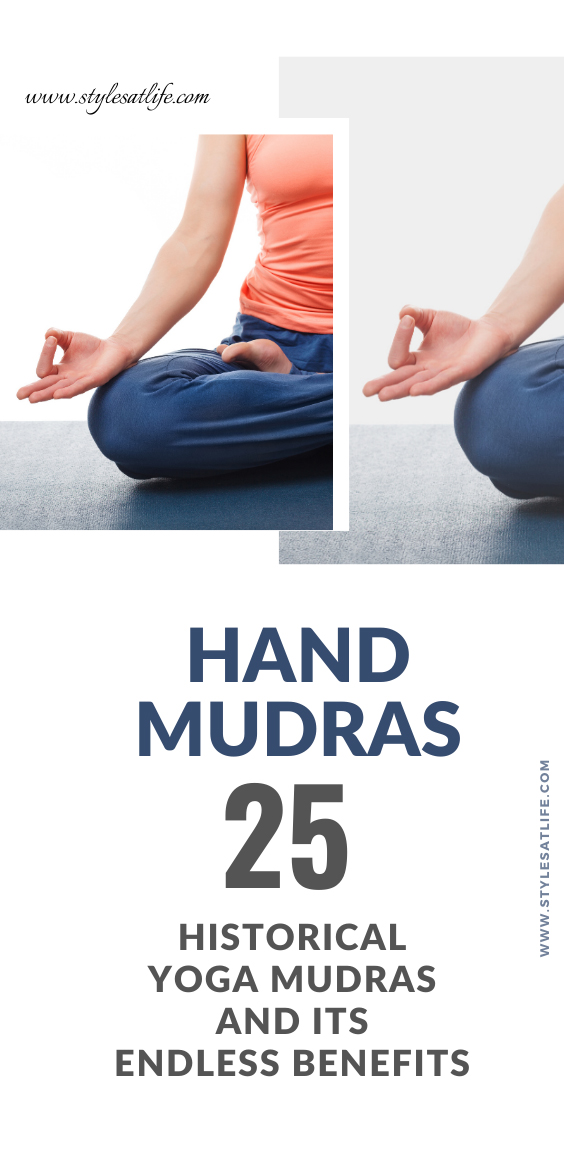
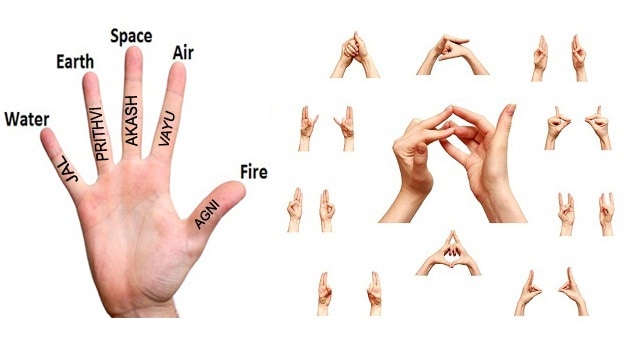
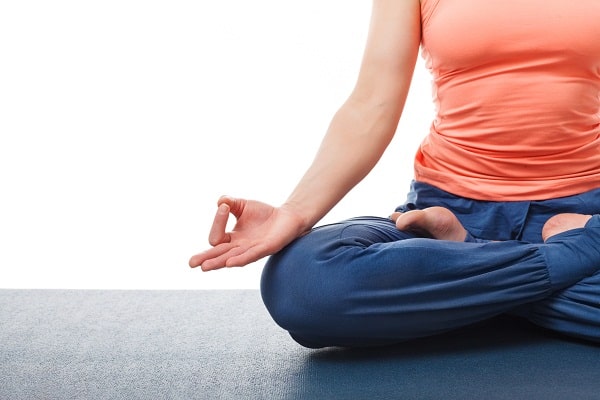
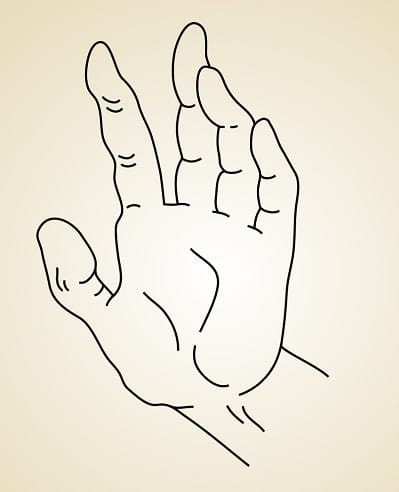
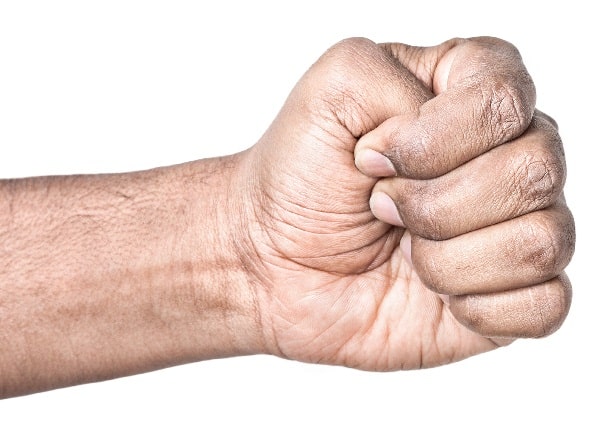
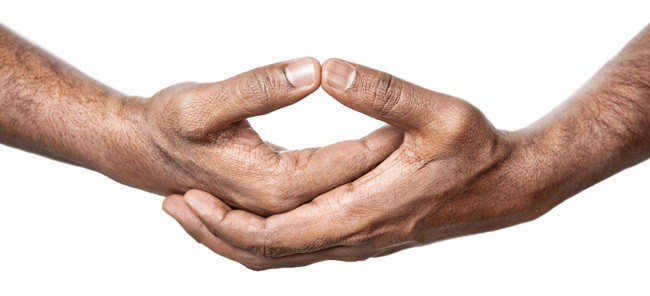
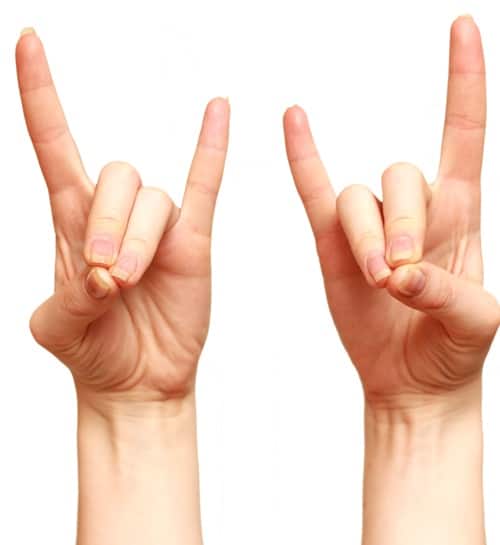
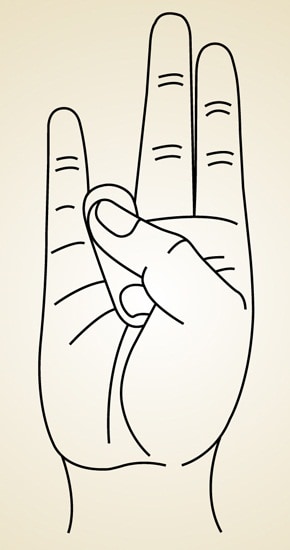
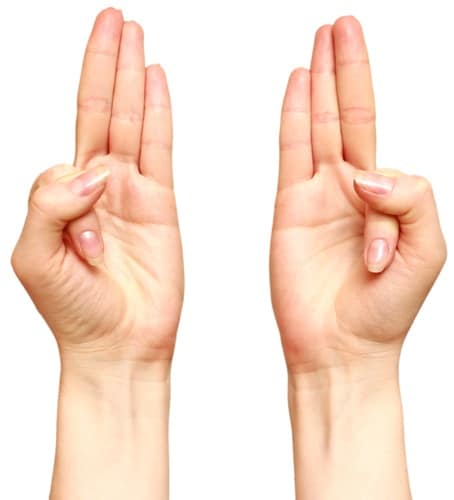
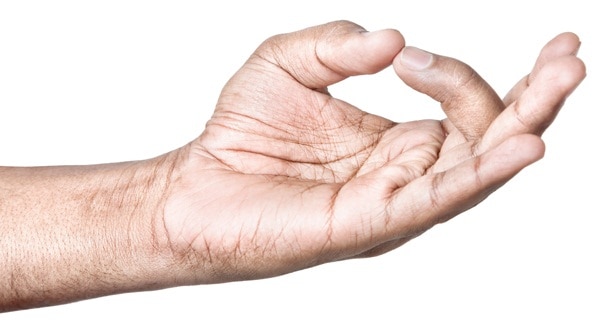
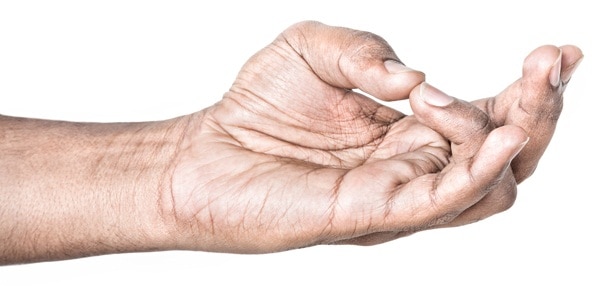
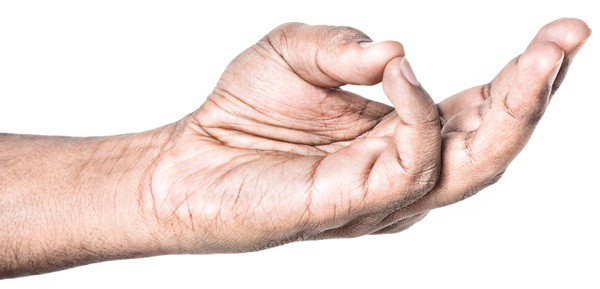
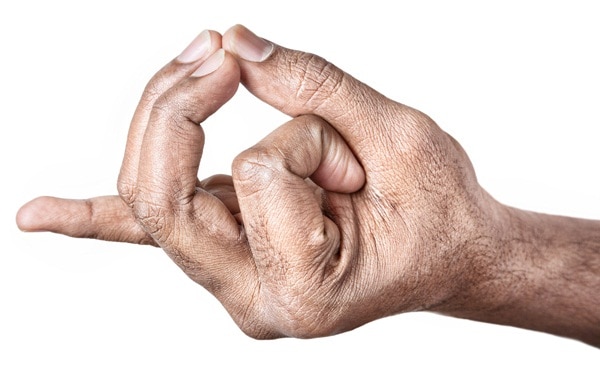
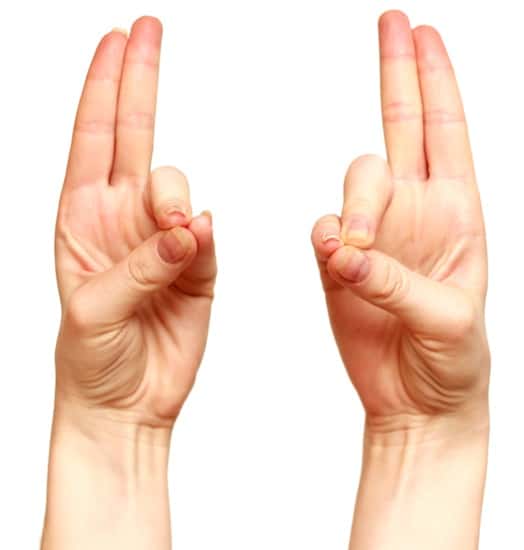
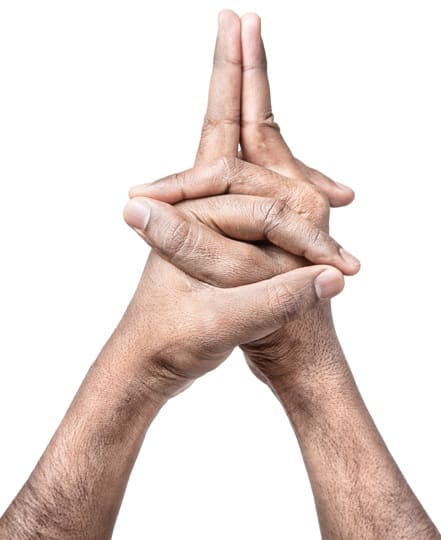
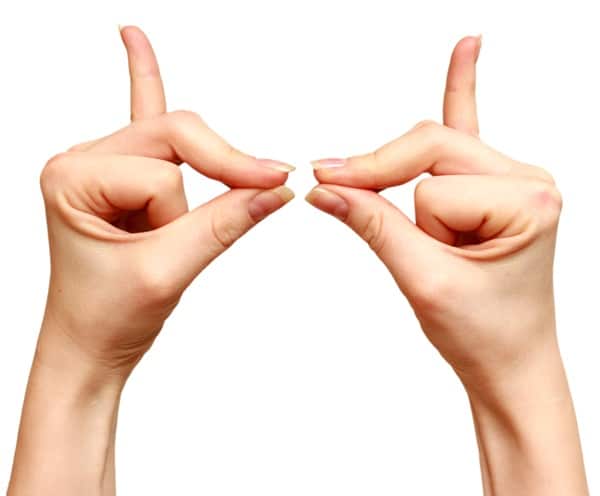
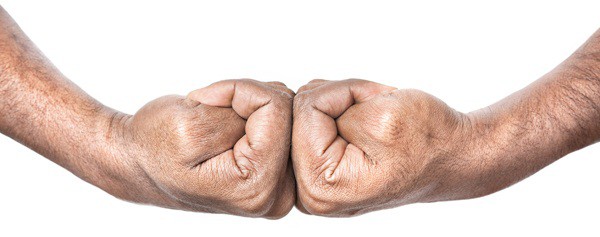
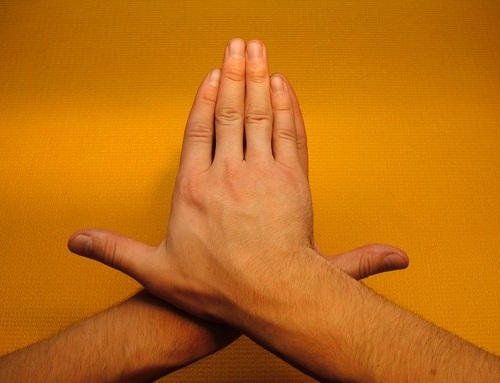
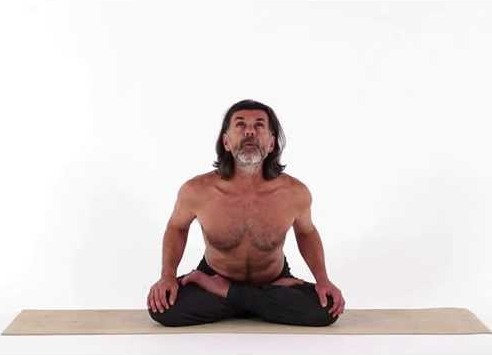
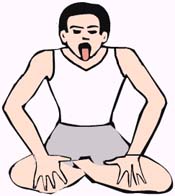

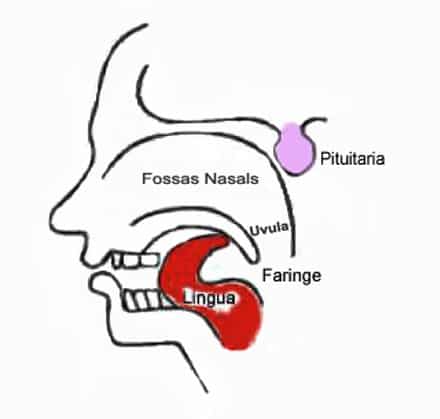
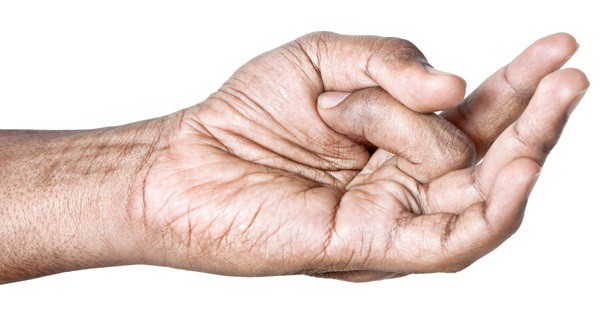
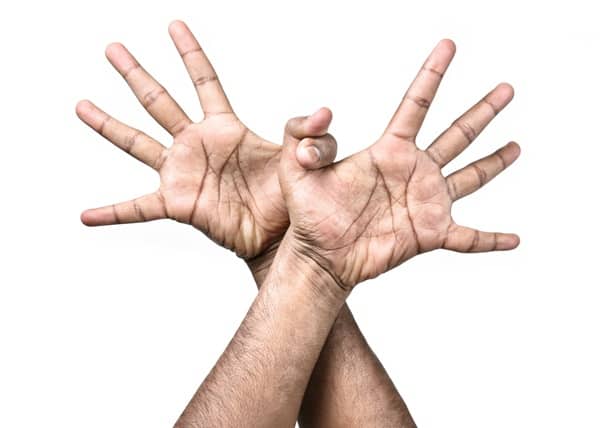
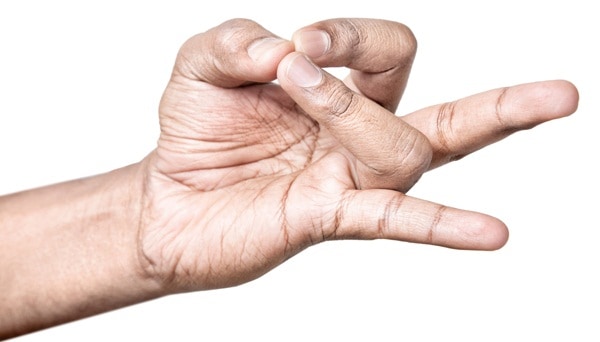
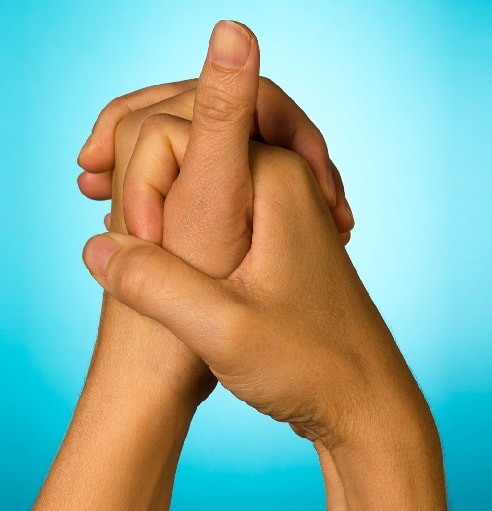
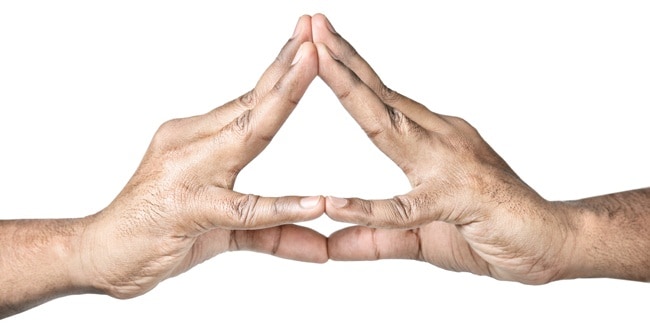









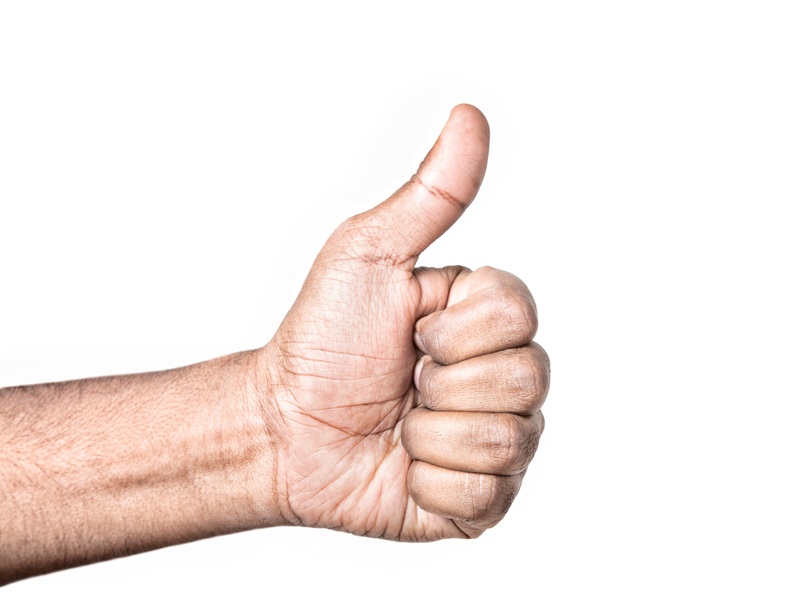
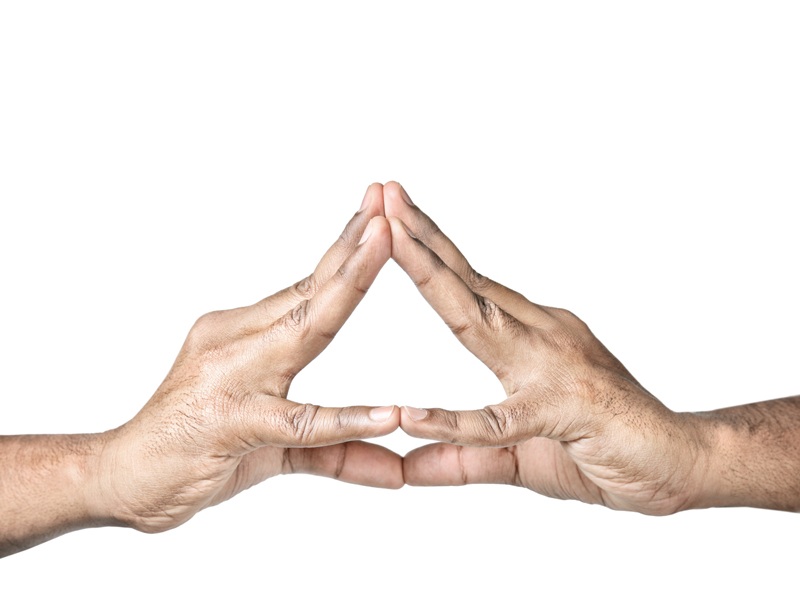
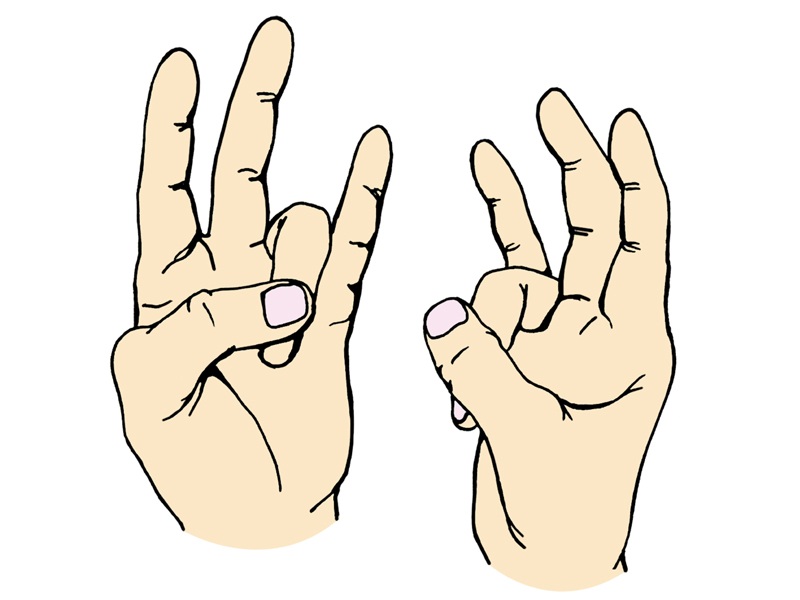
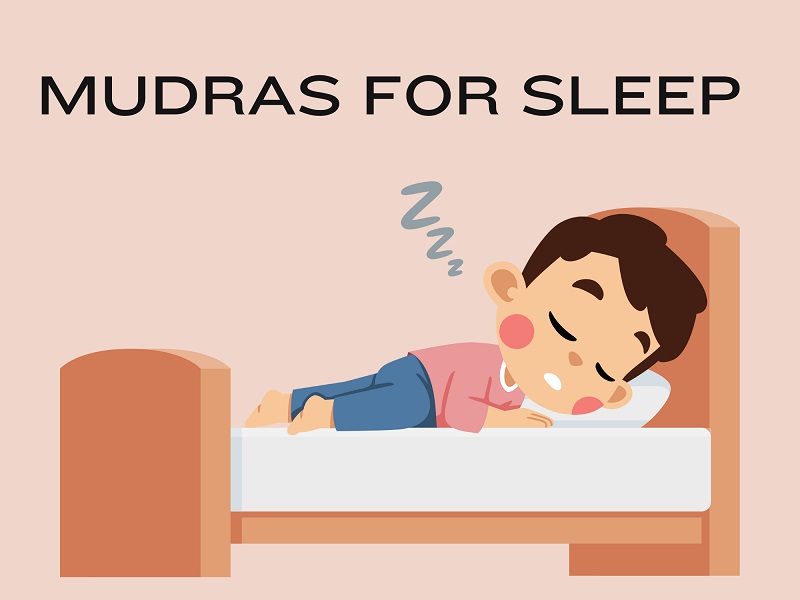
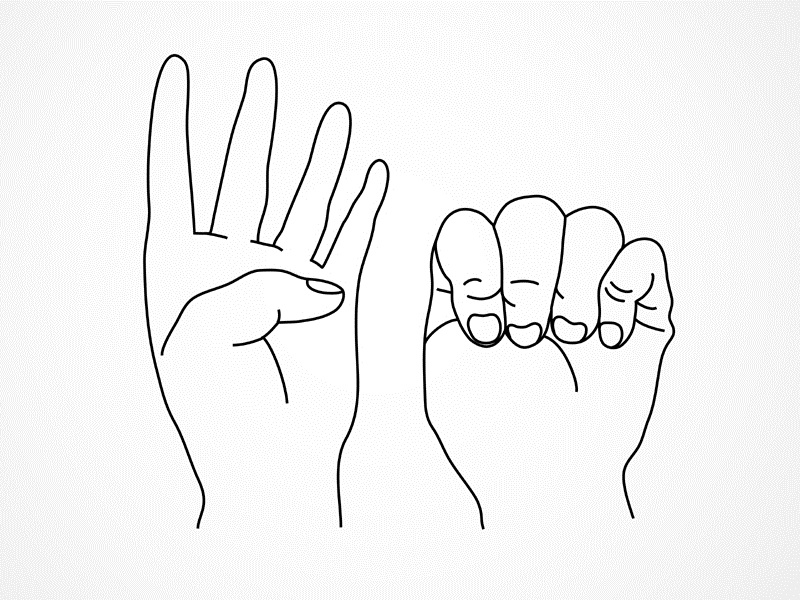
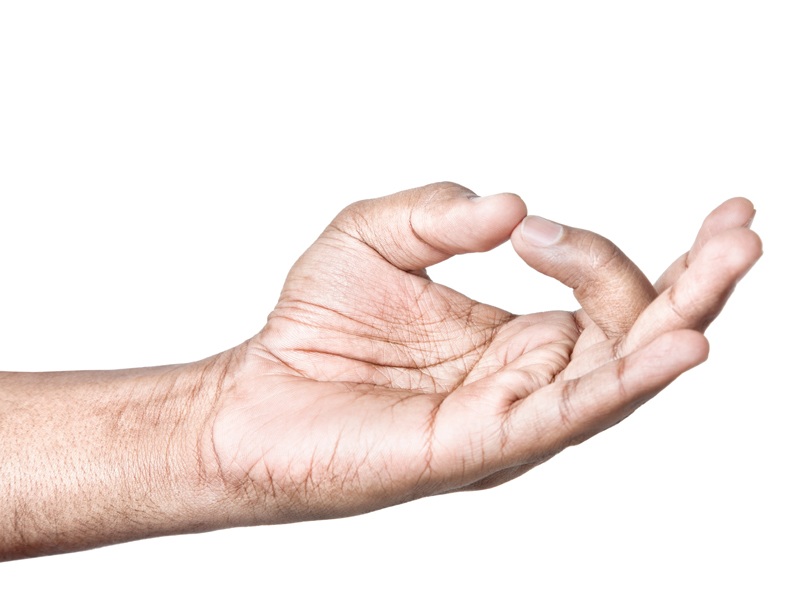
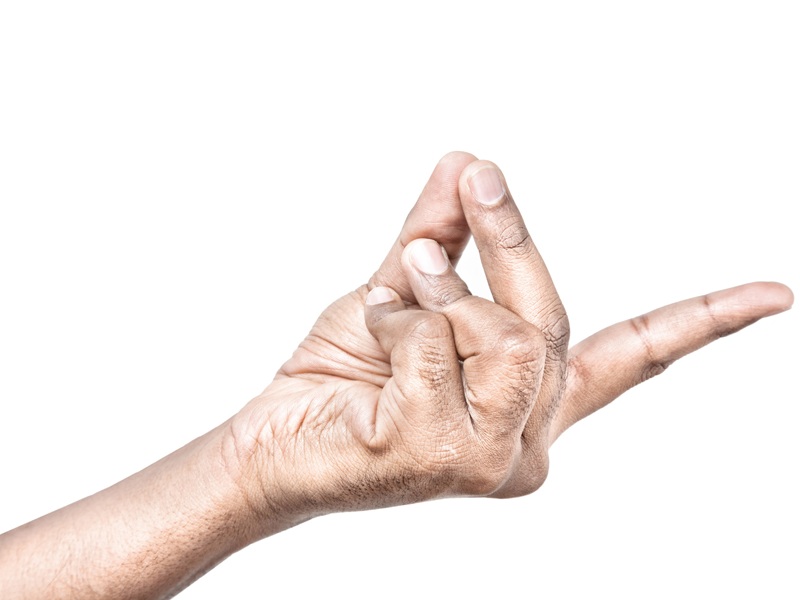
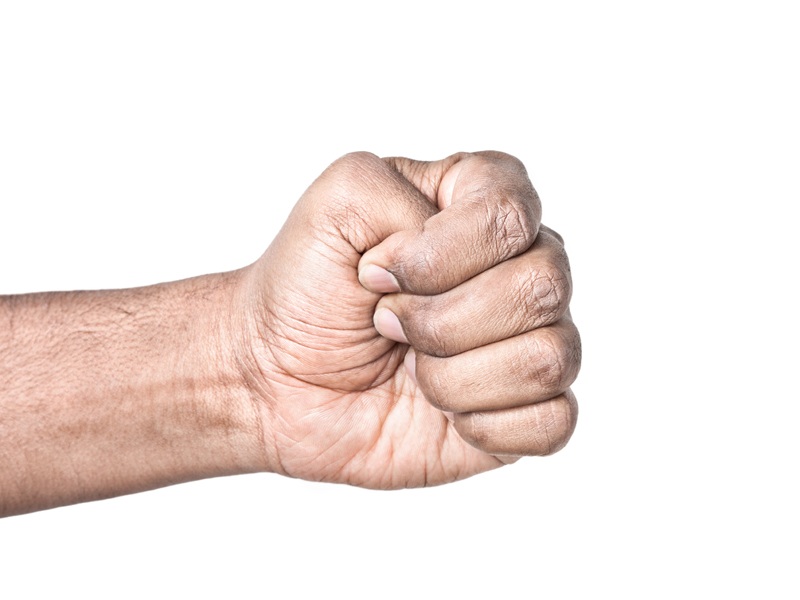
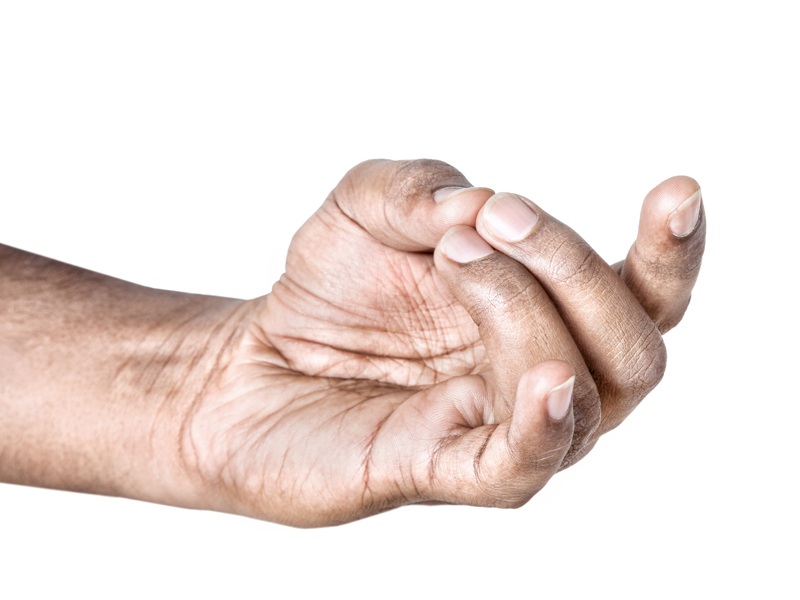
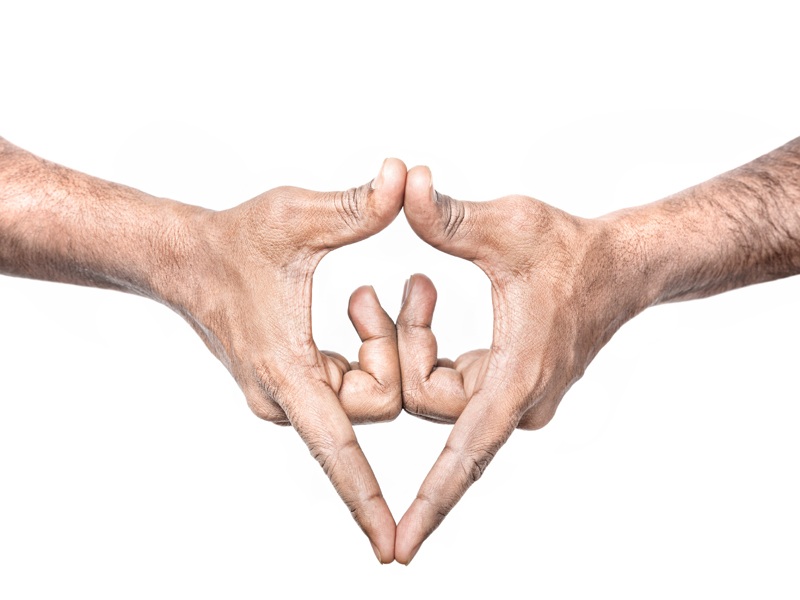
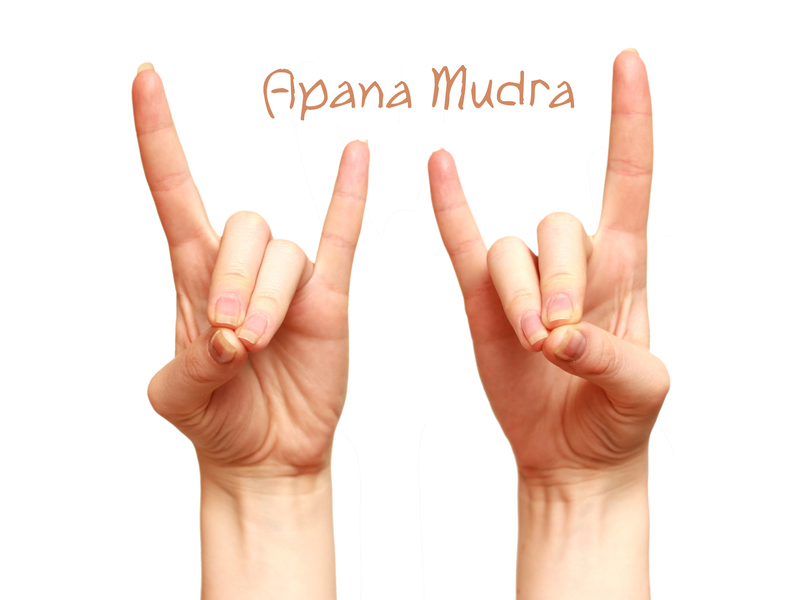
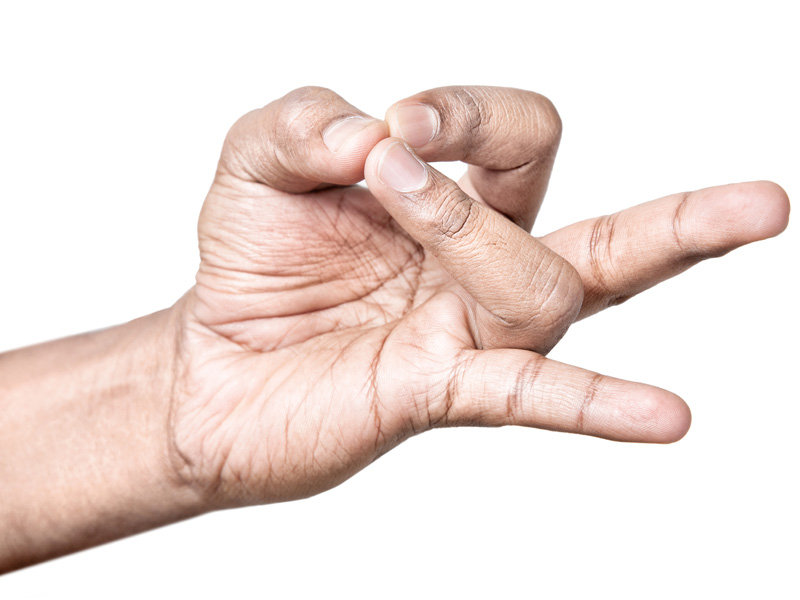
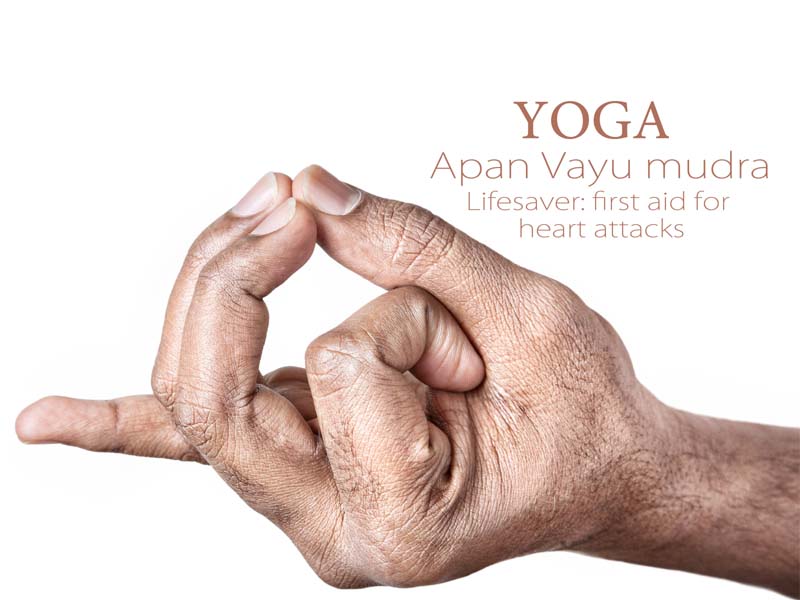
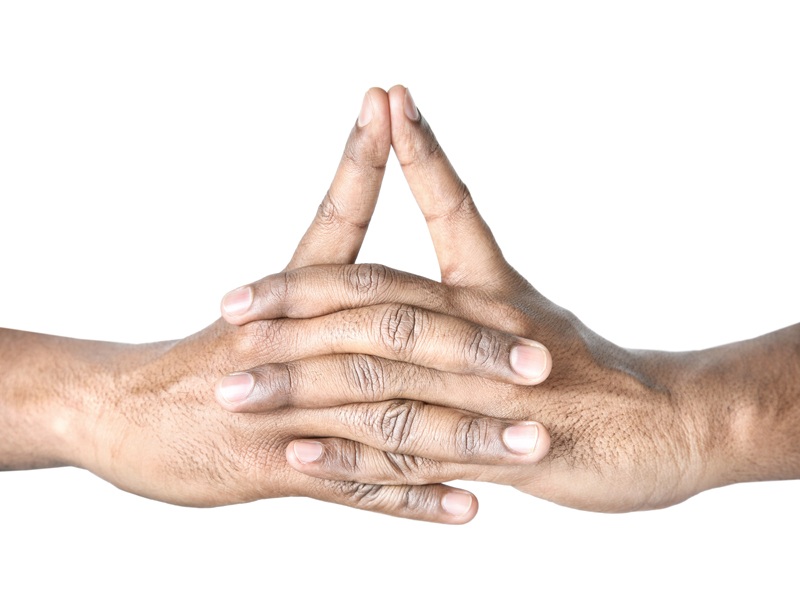
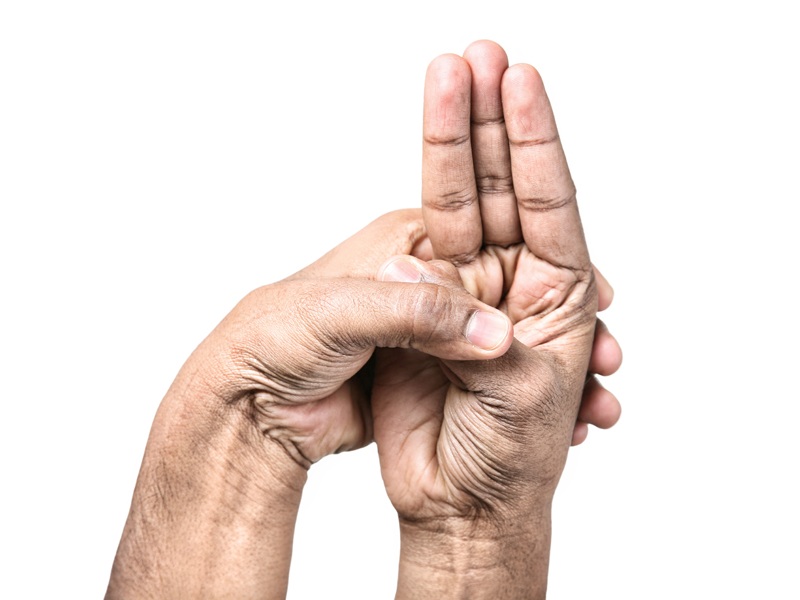
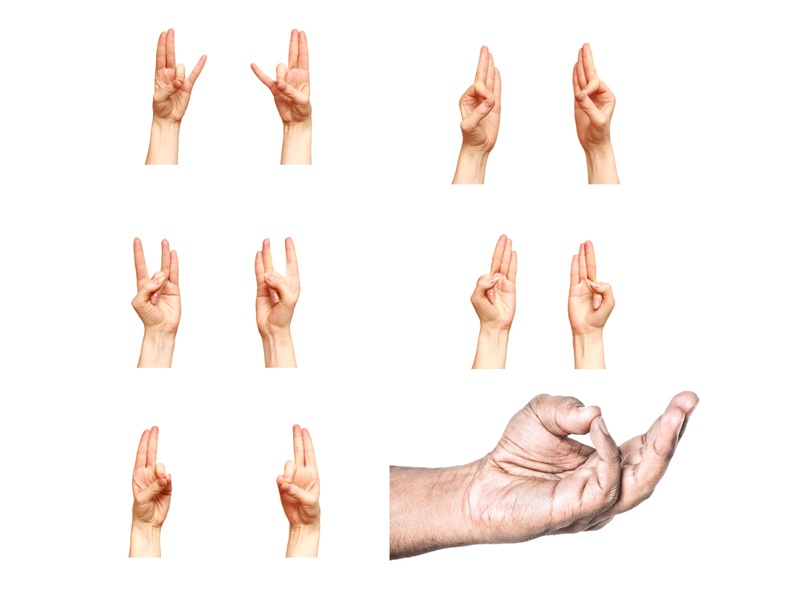
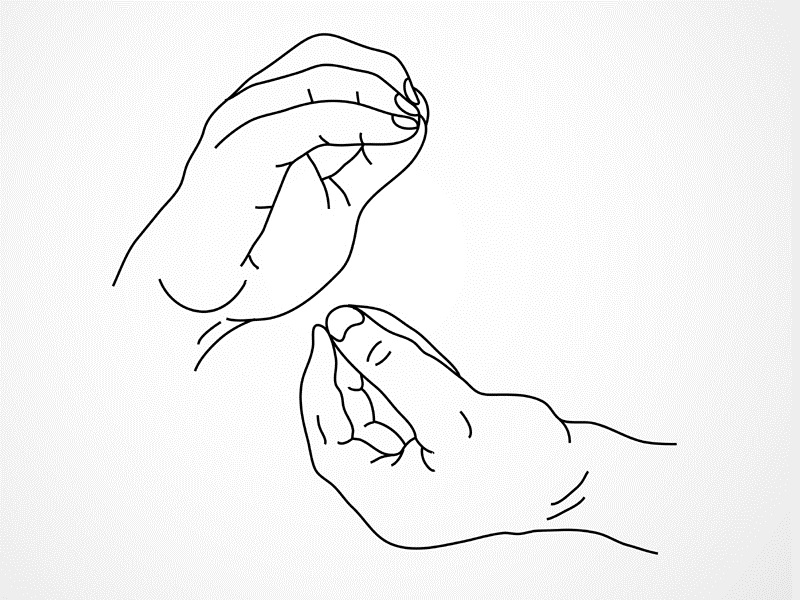
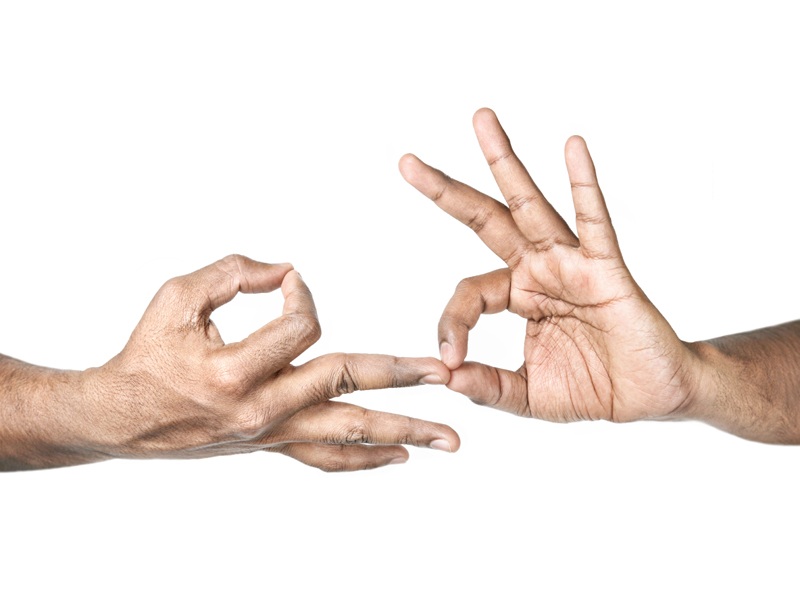
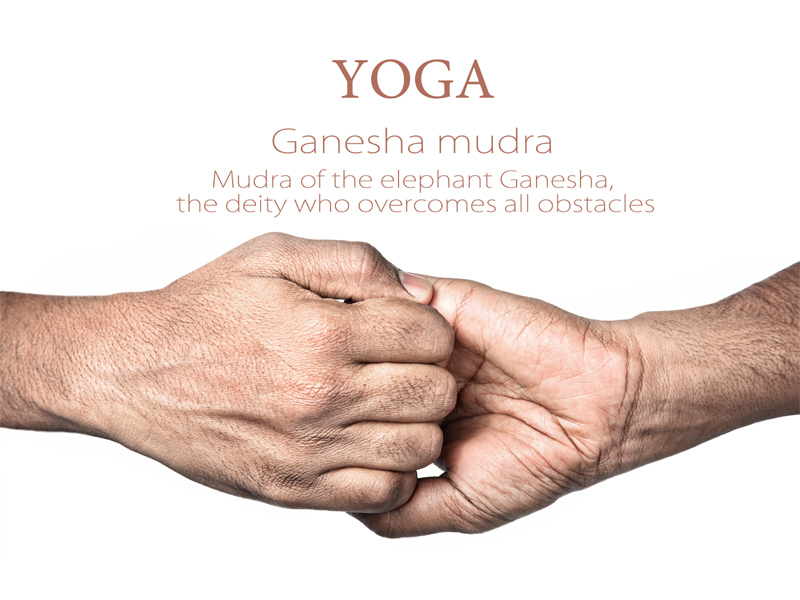
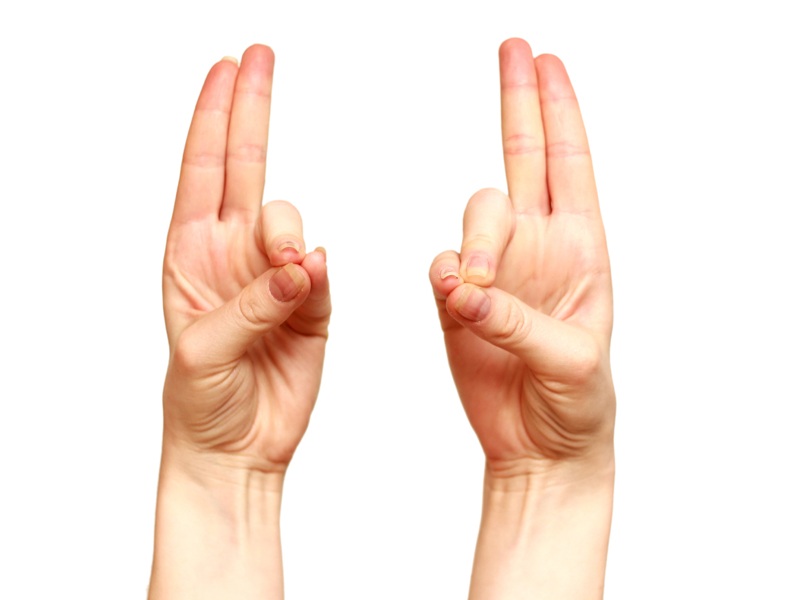
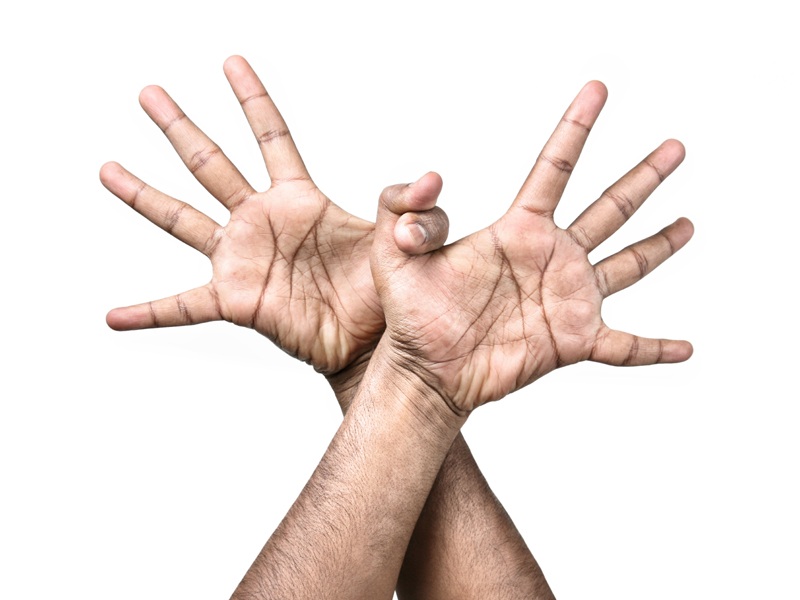
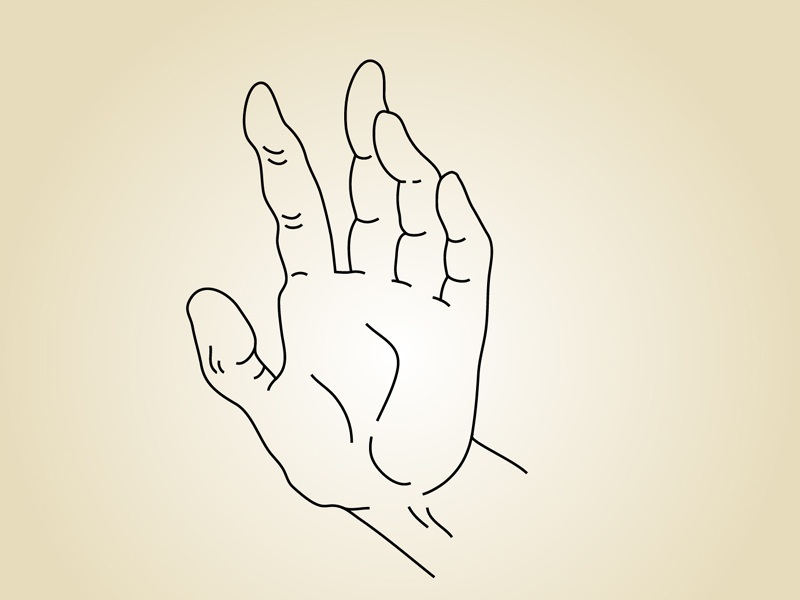
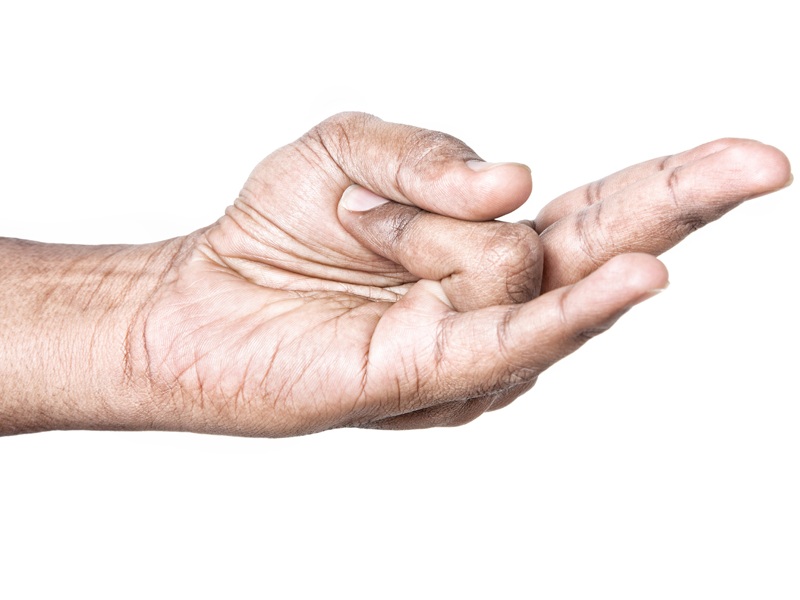
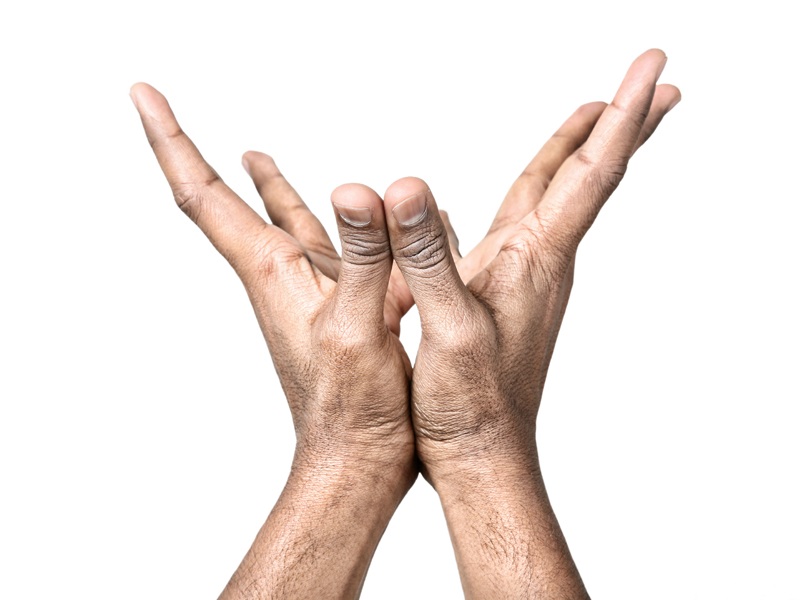
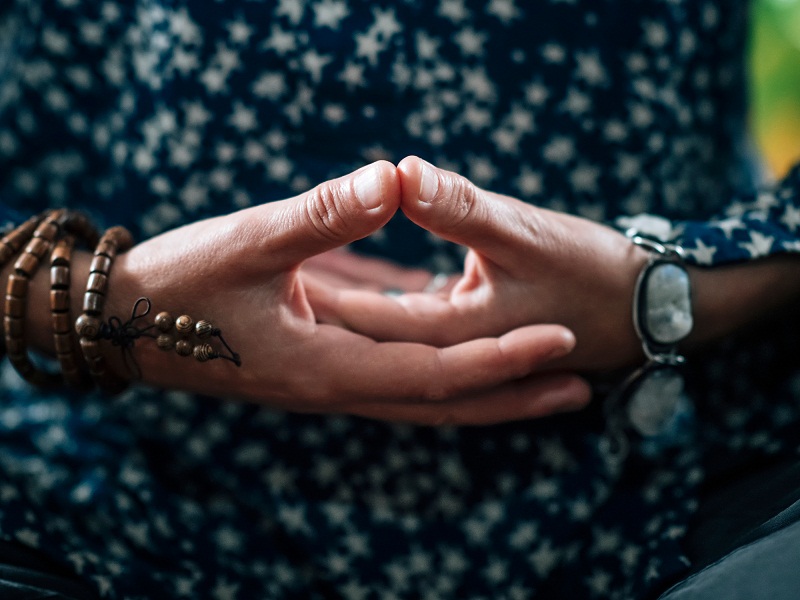
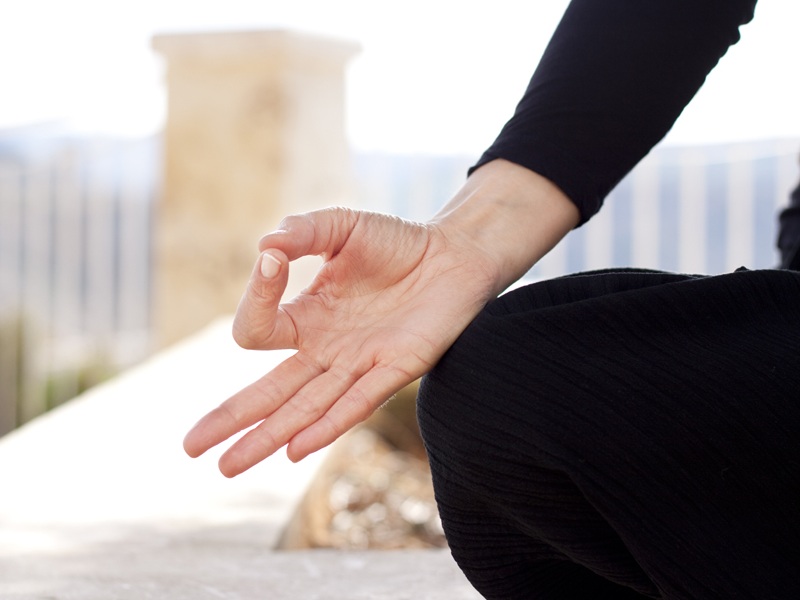
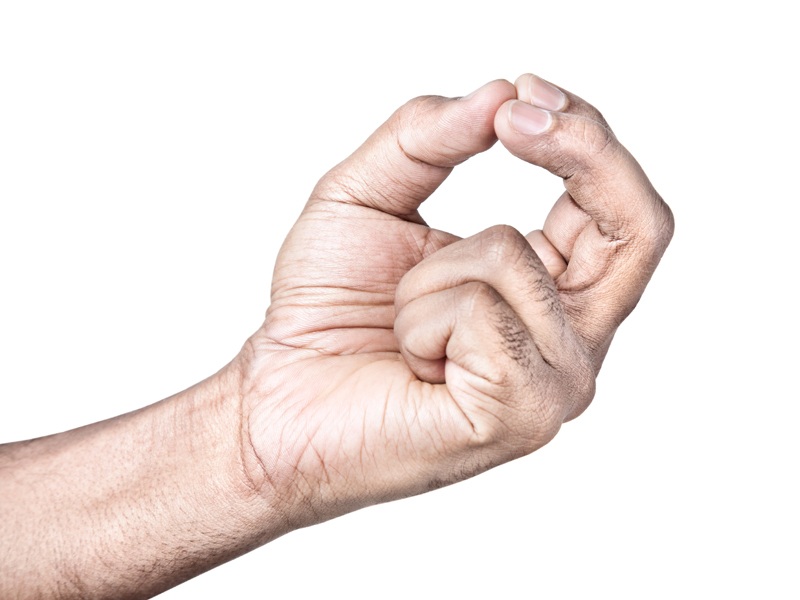
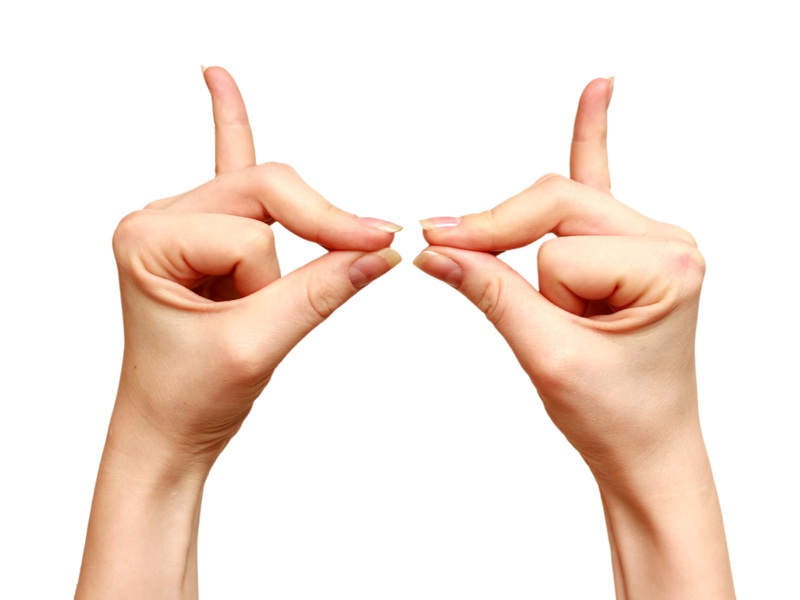
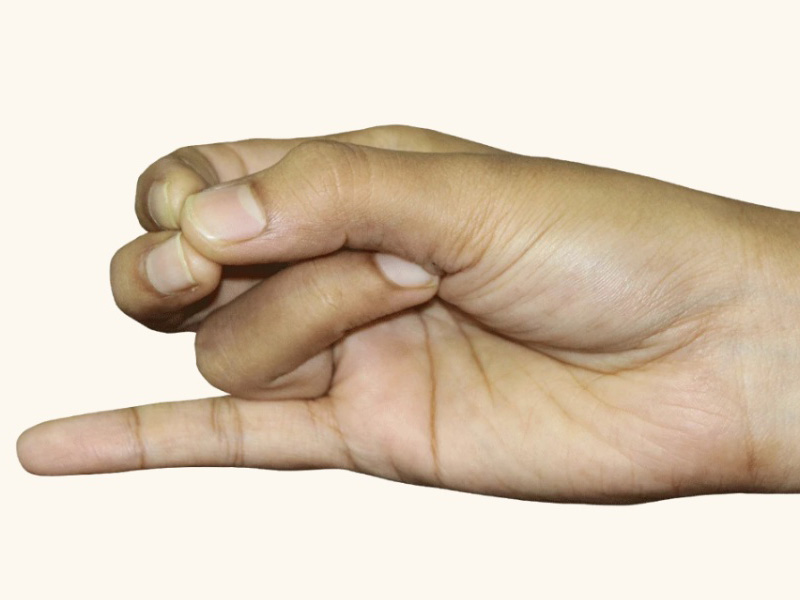
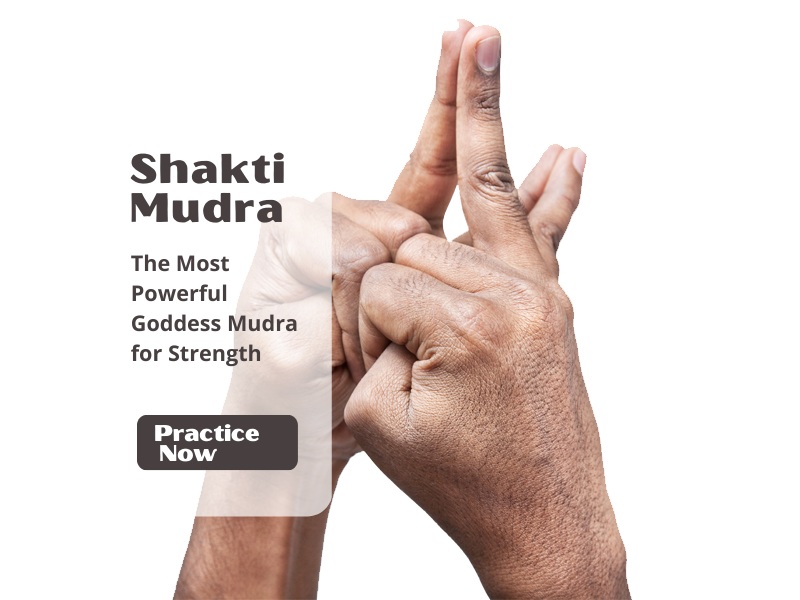
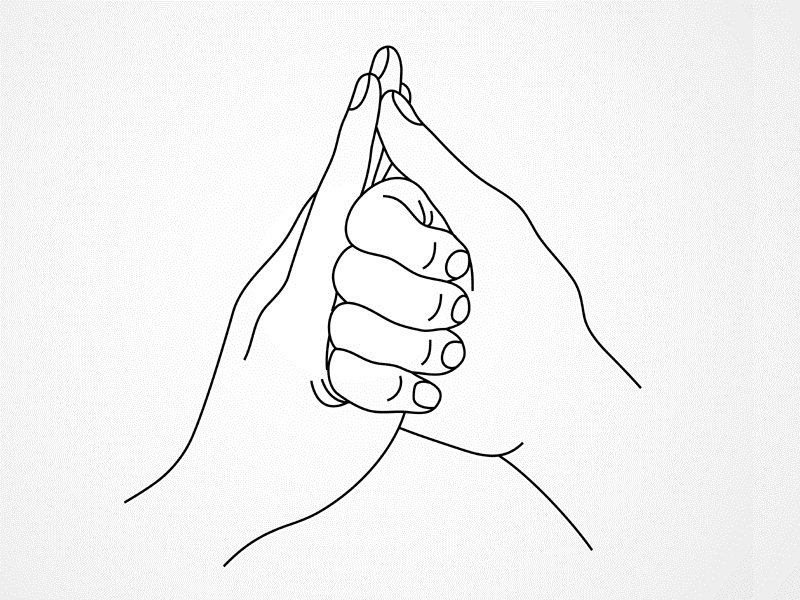
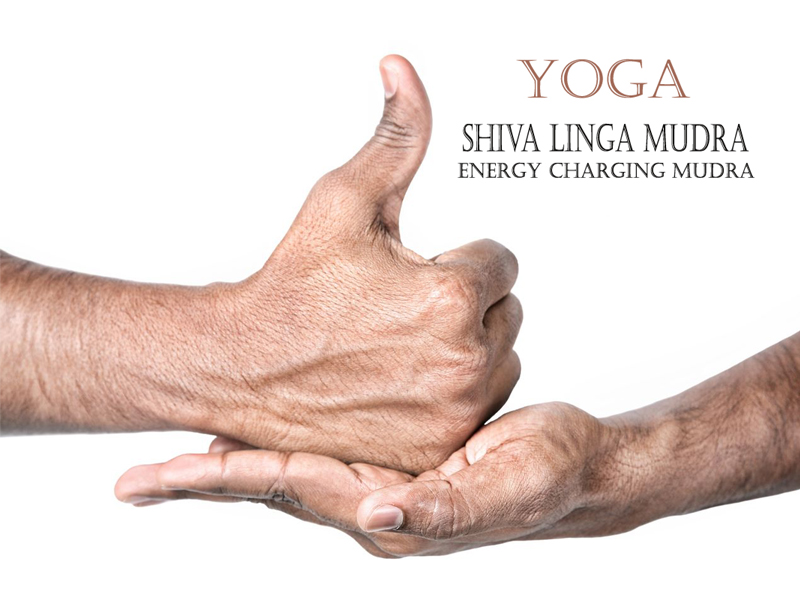
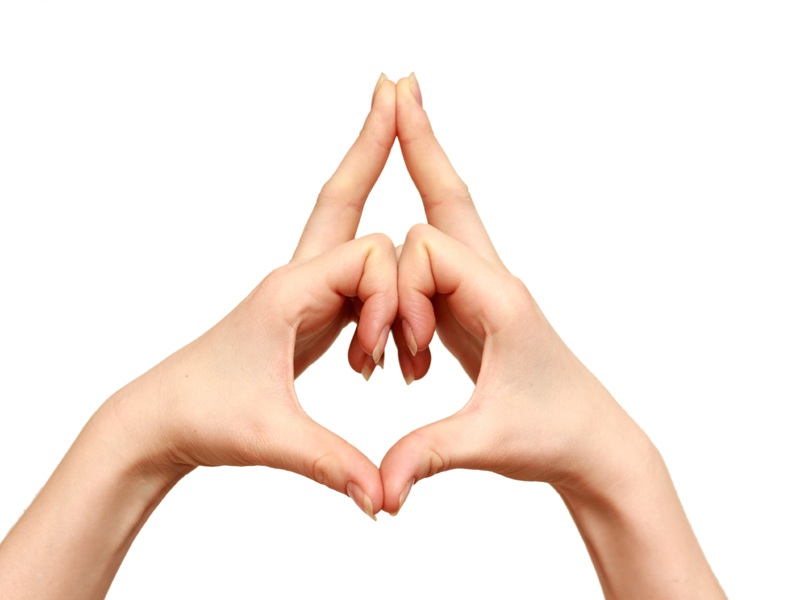
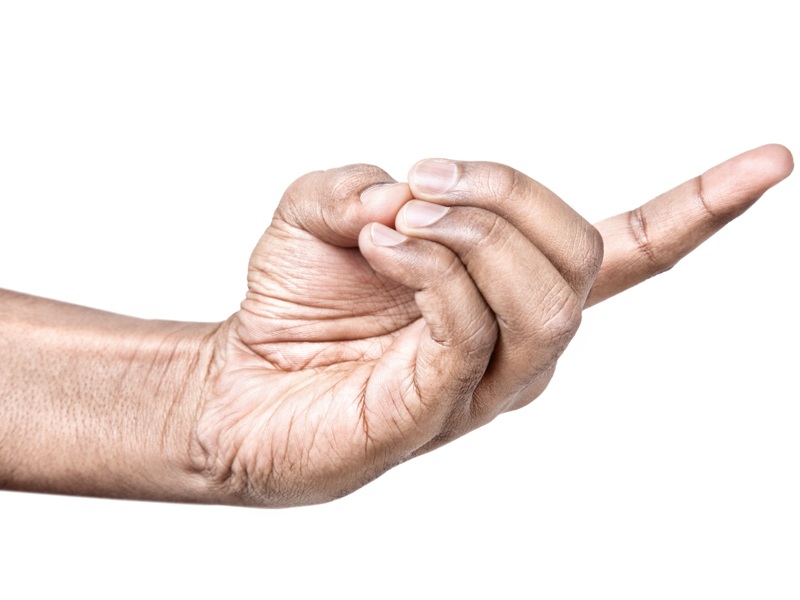
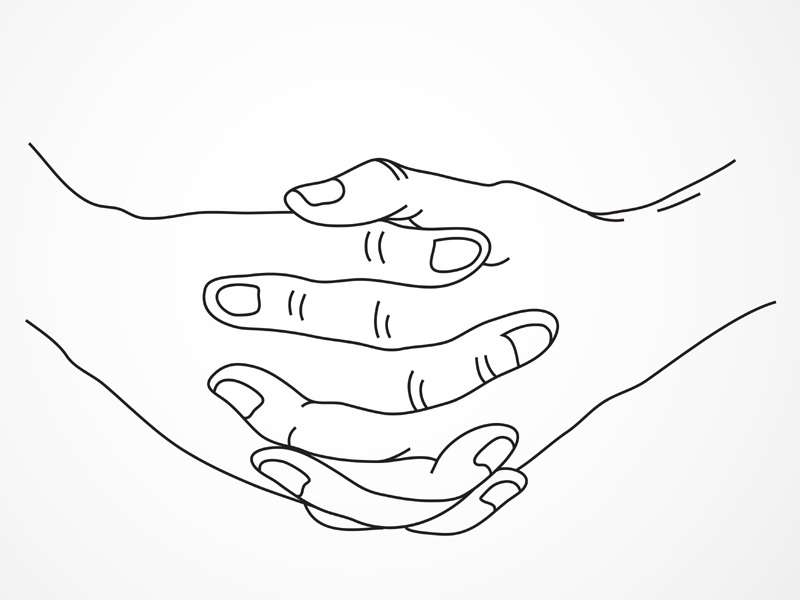
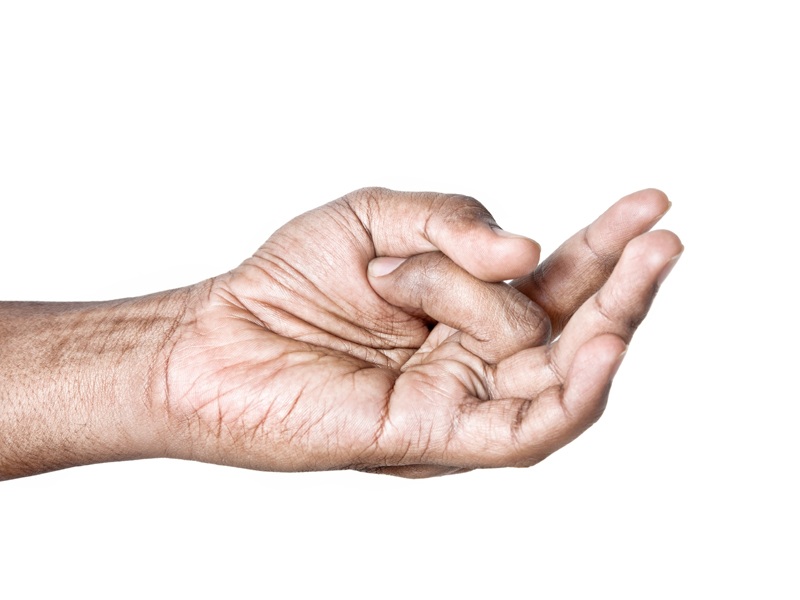
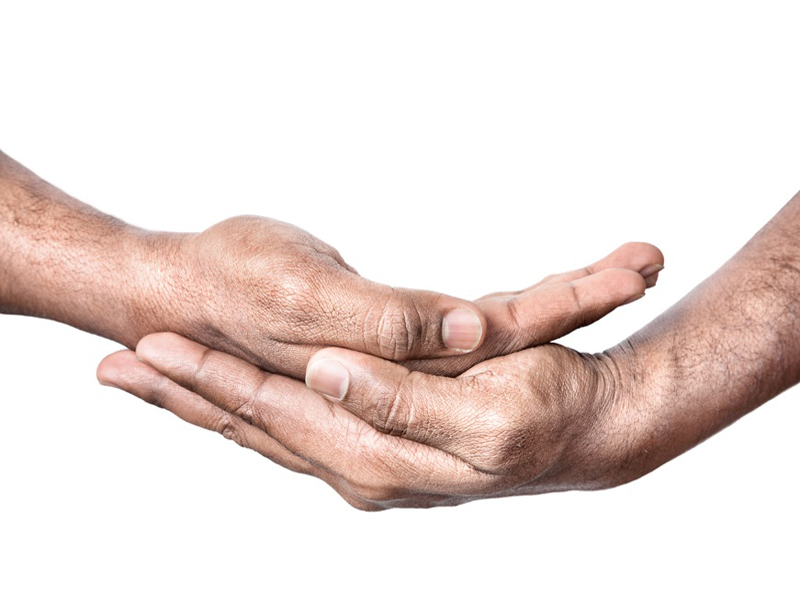
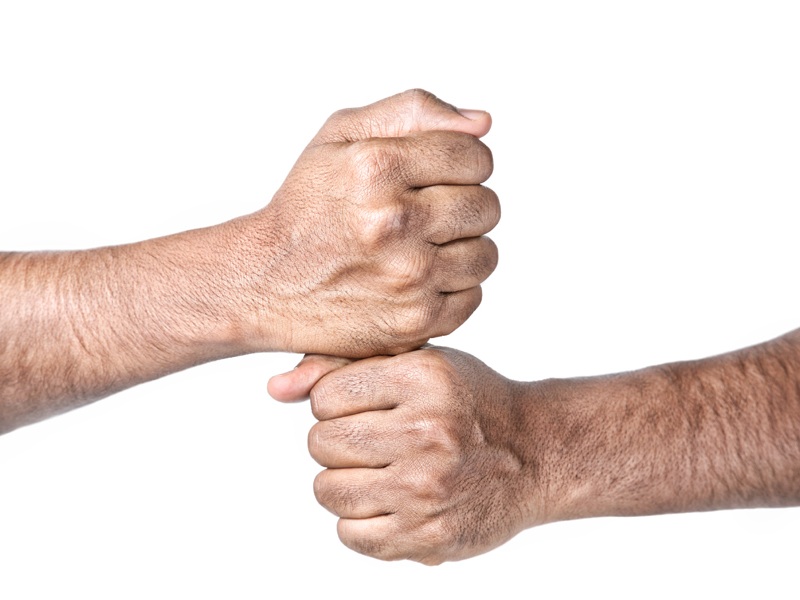
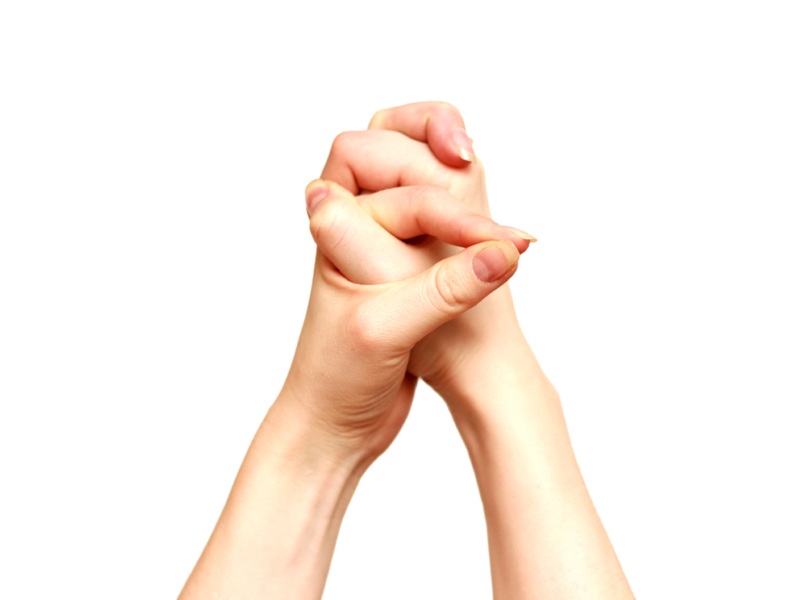
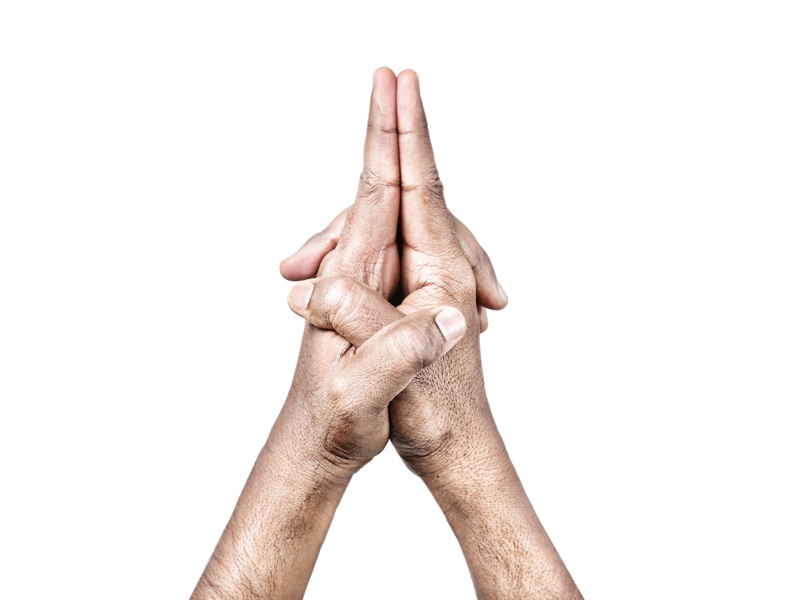
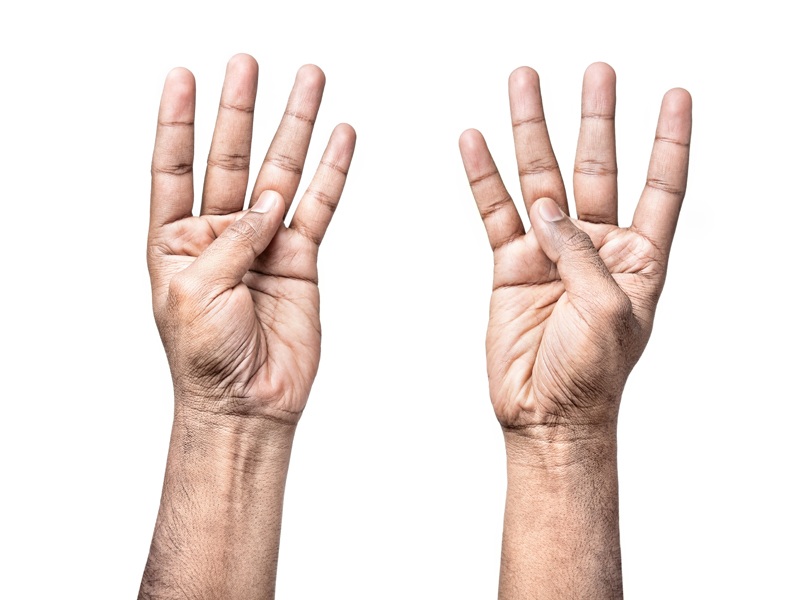
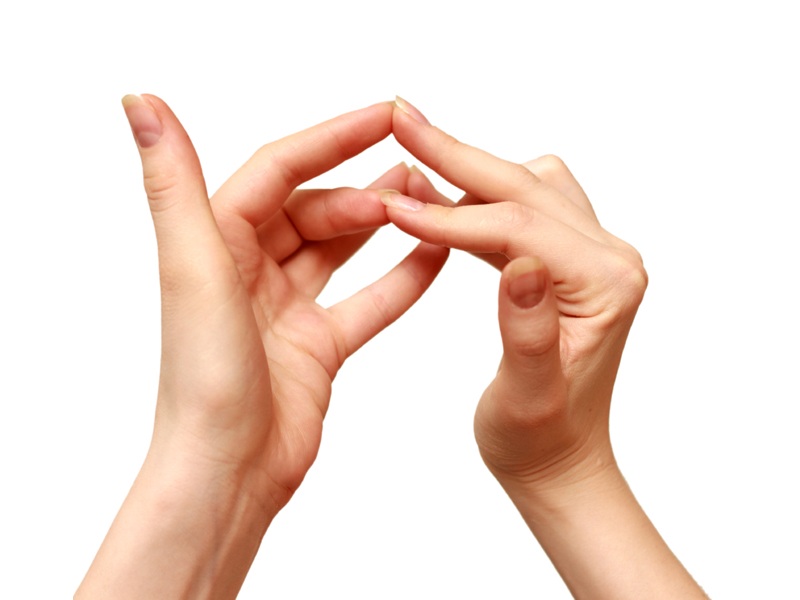
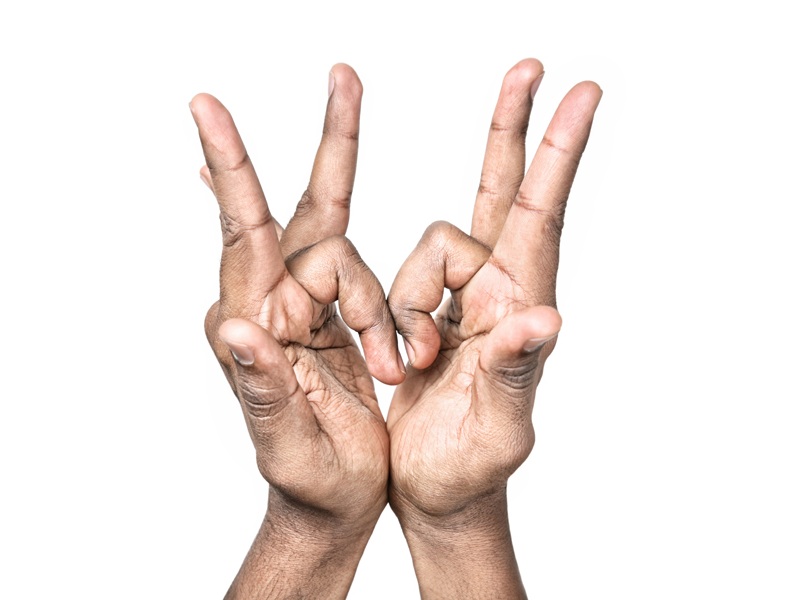
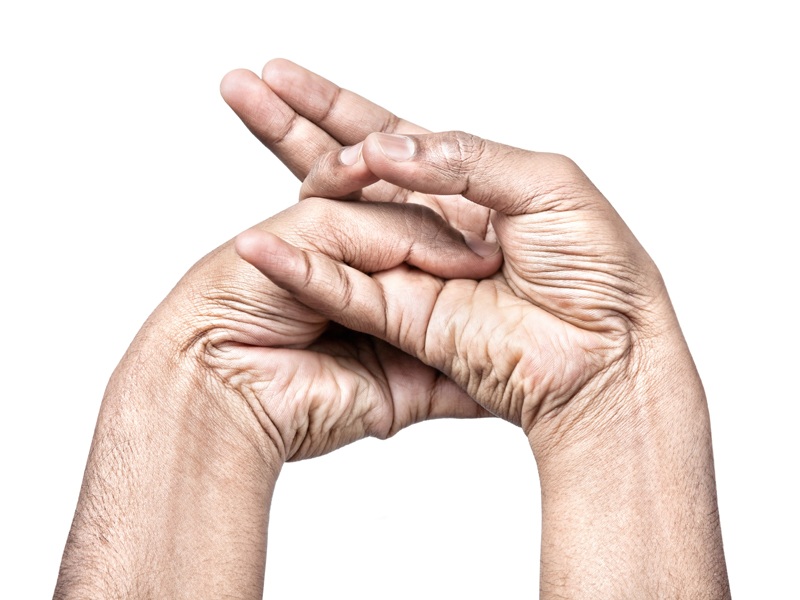
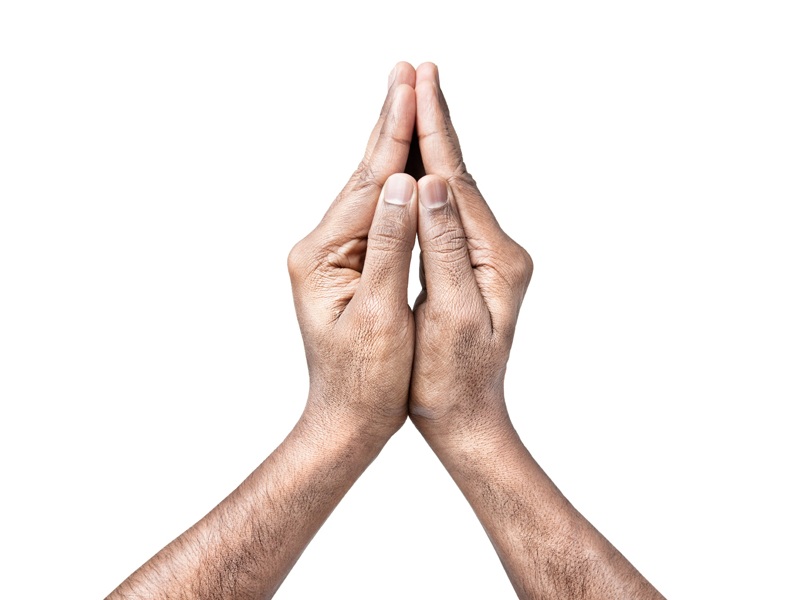
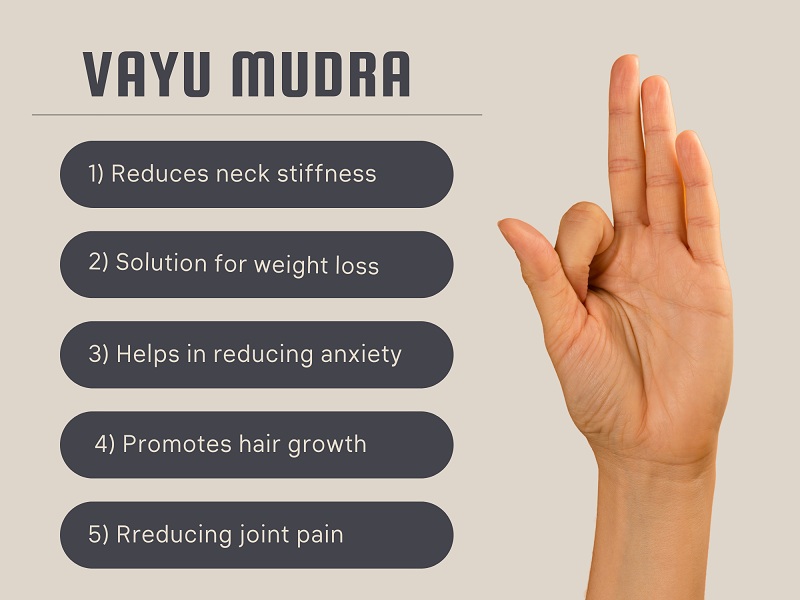
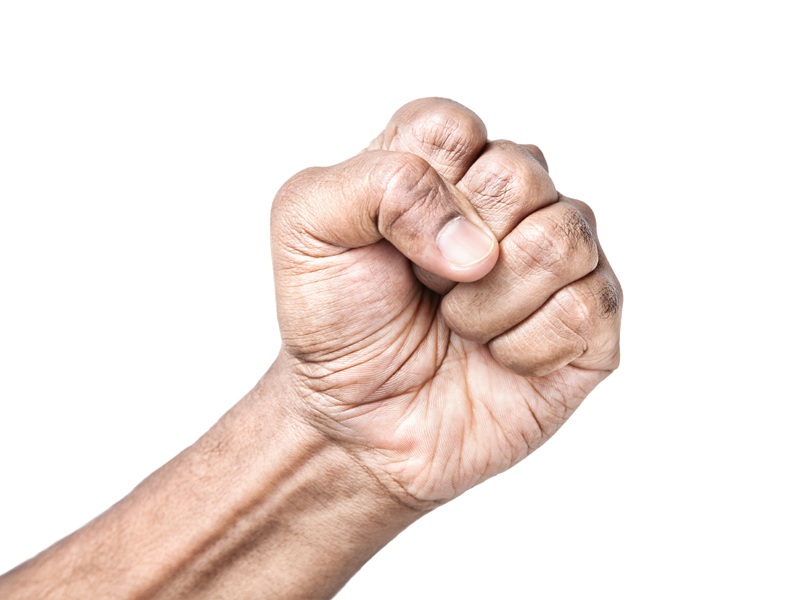
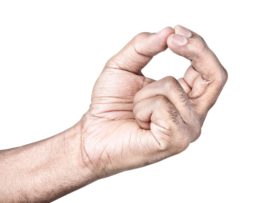
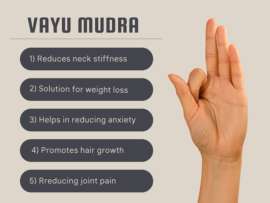
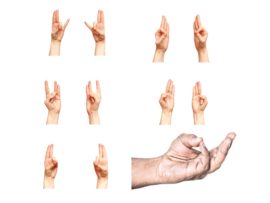
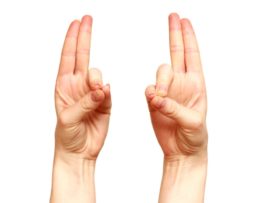
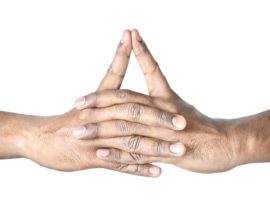
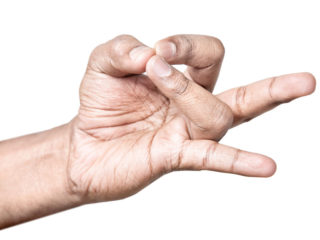






neha
Excellent. I want more mudras and its benefits.